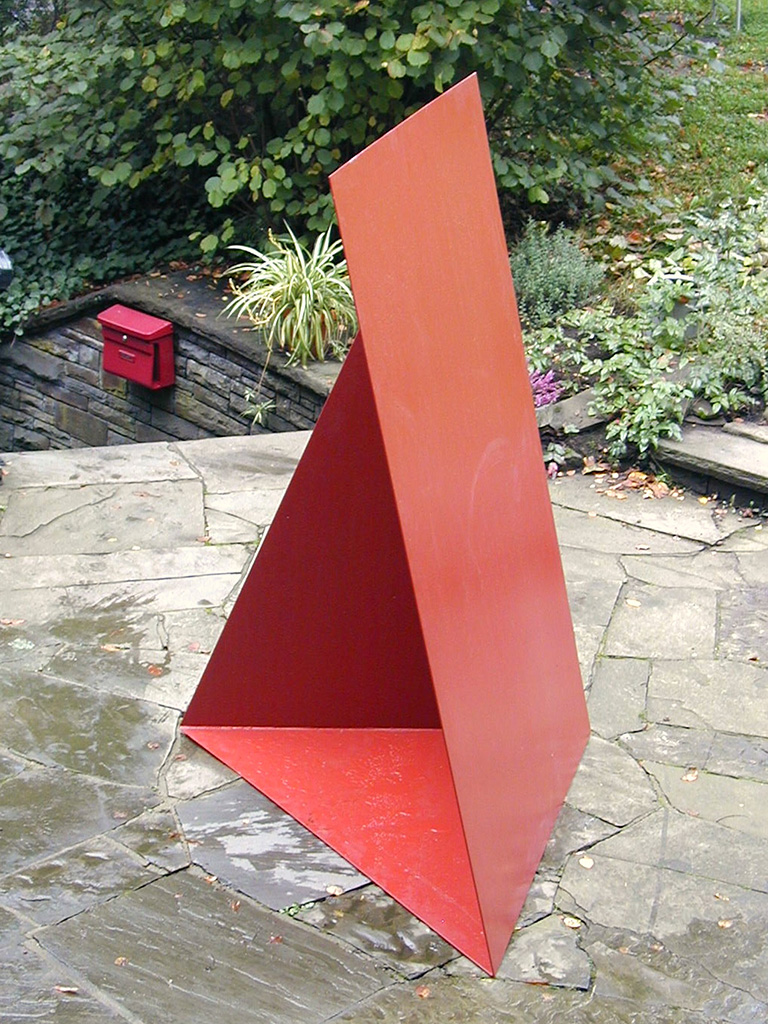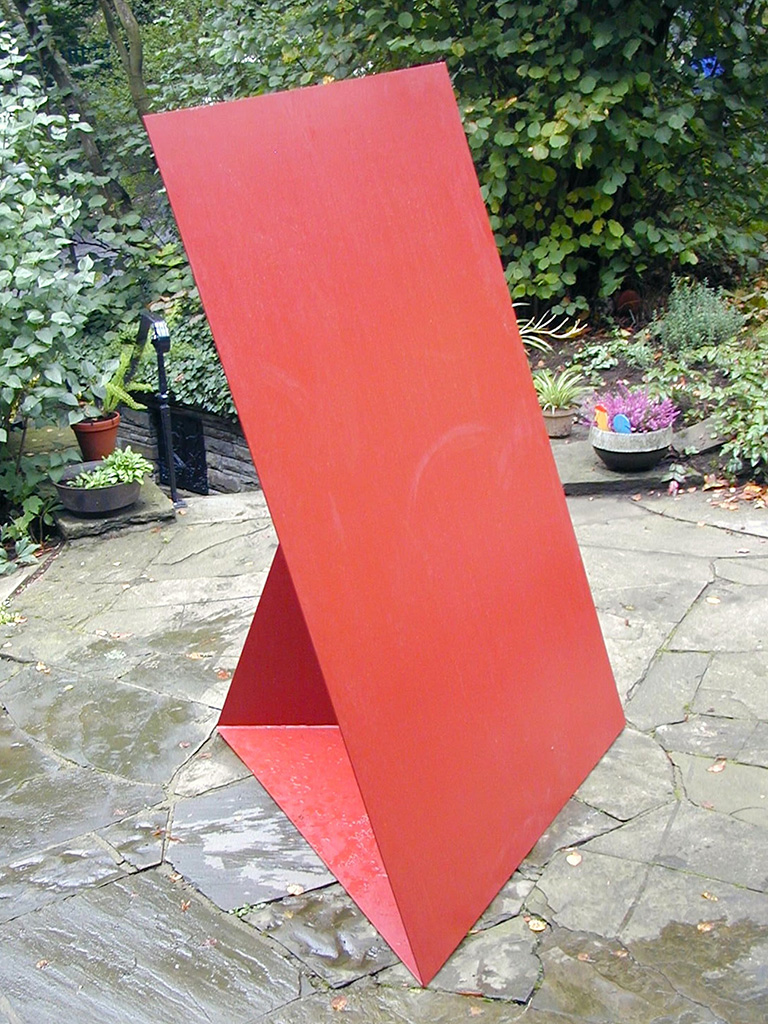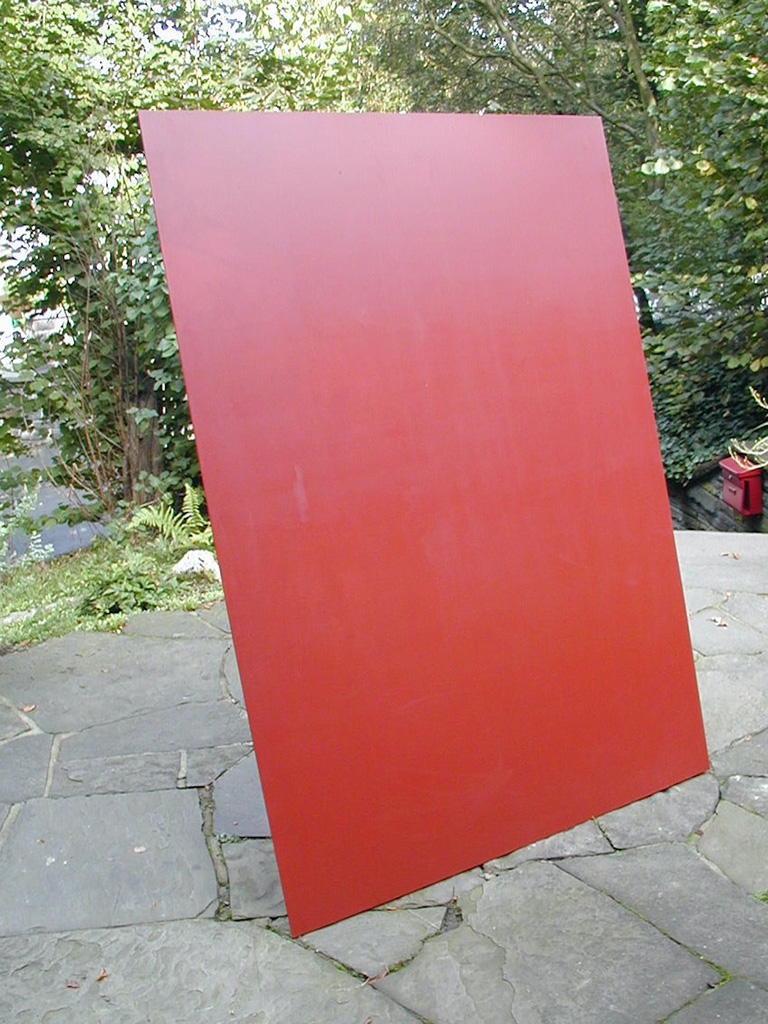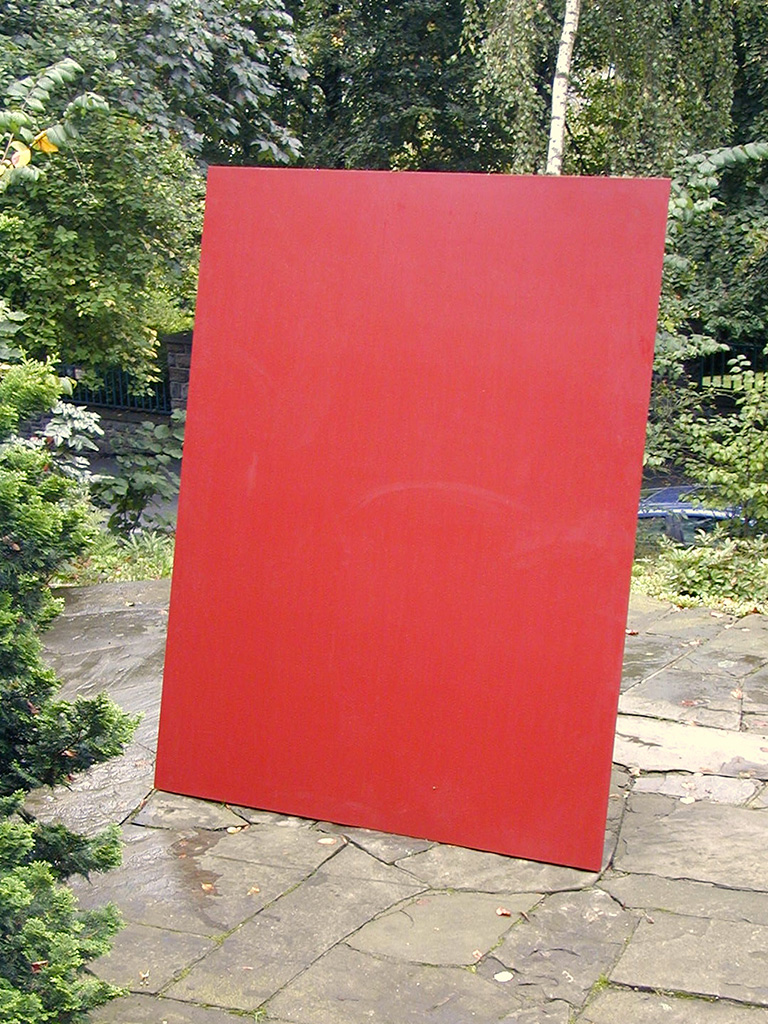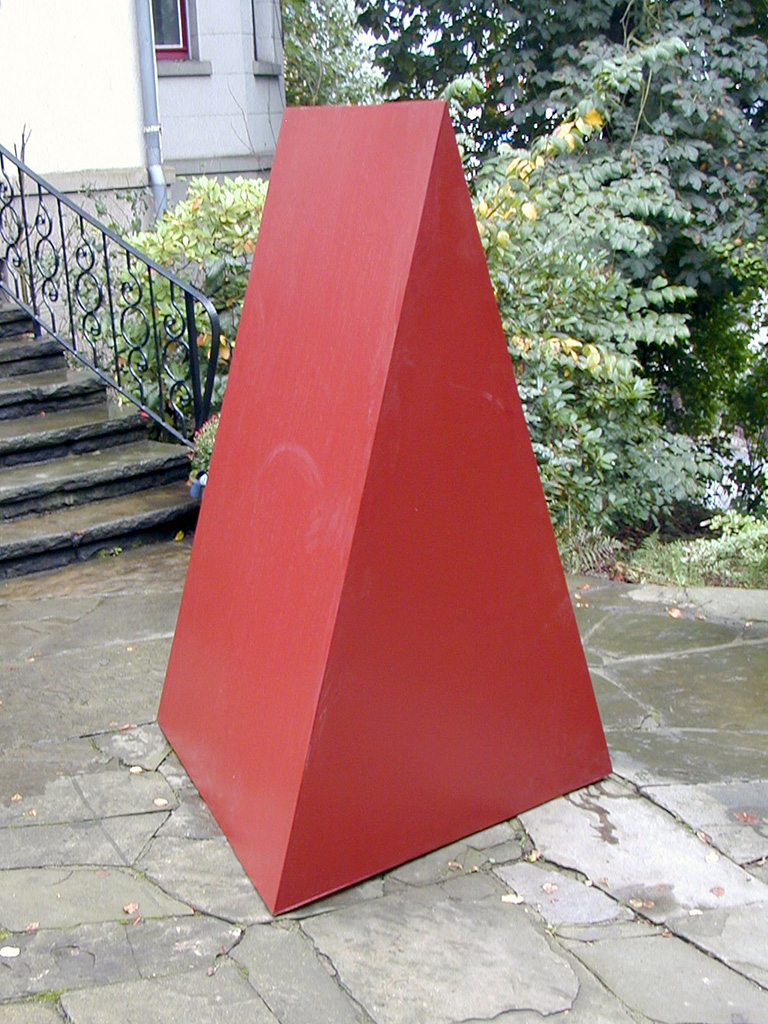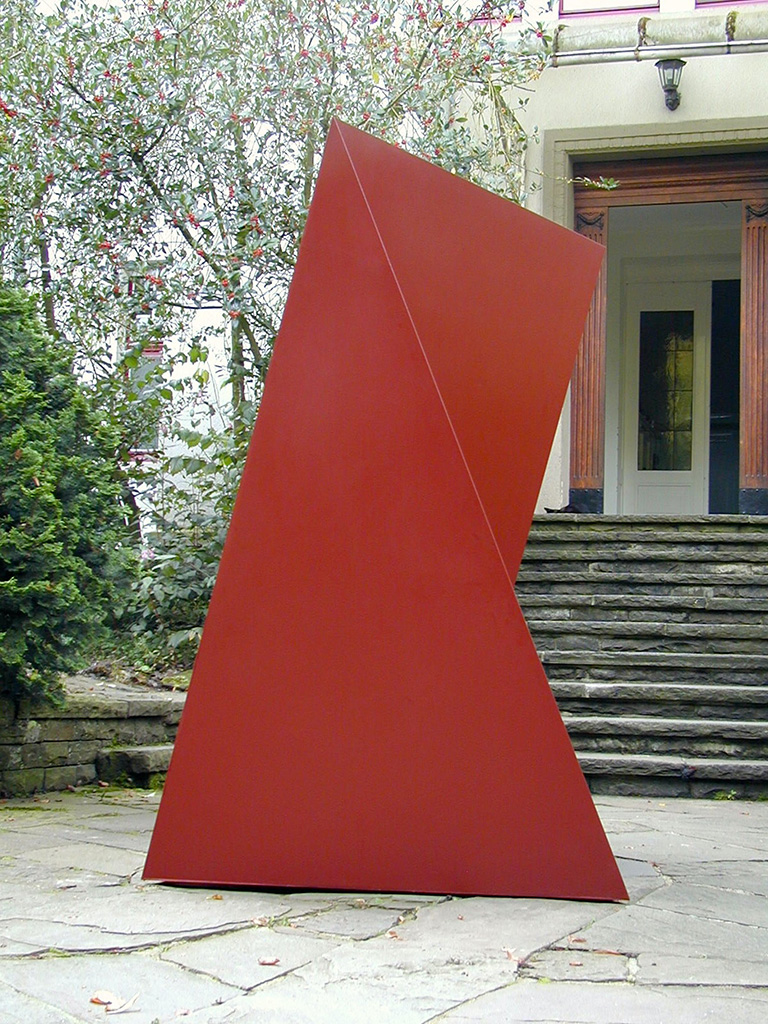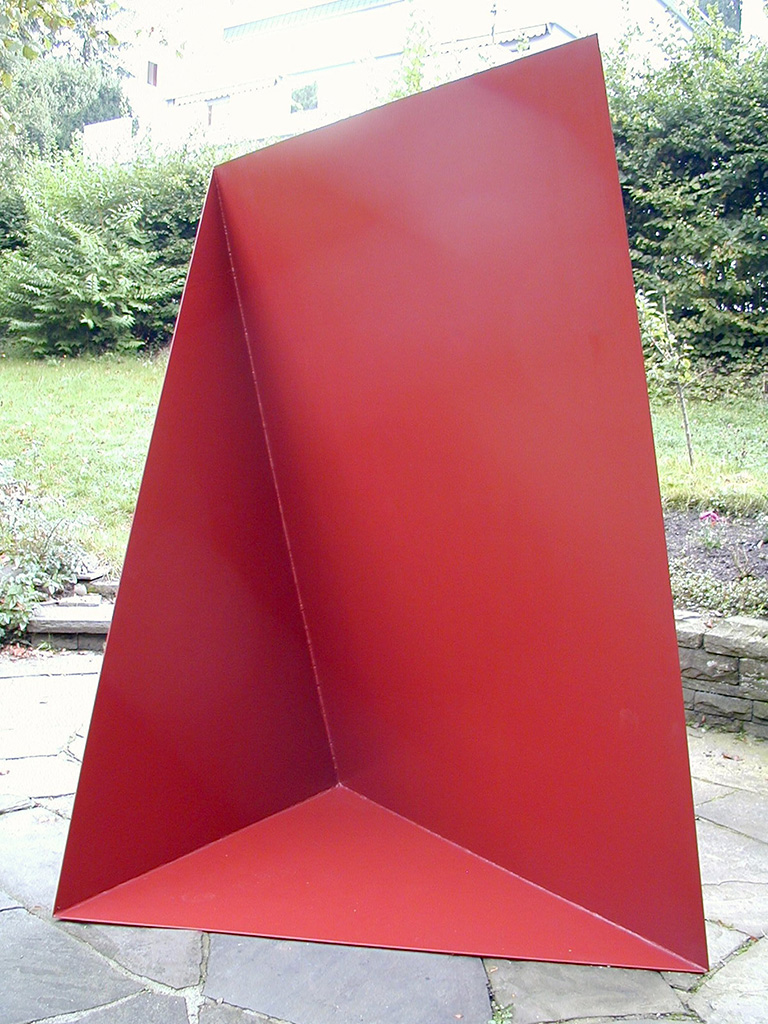
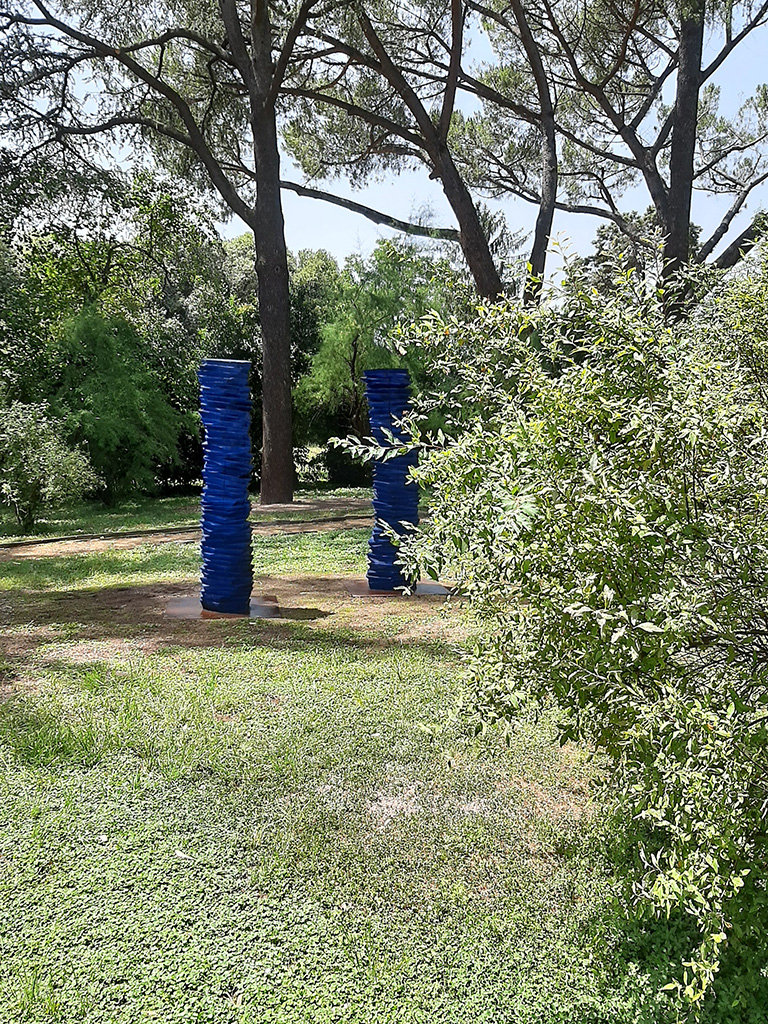
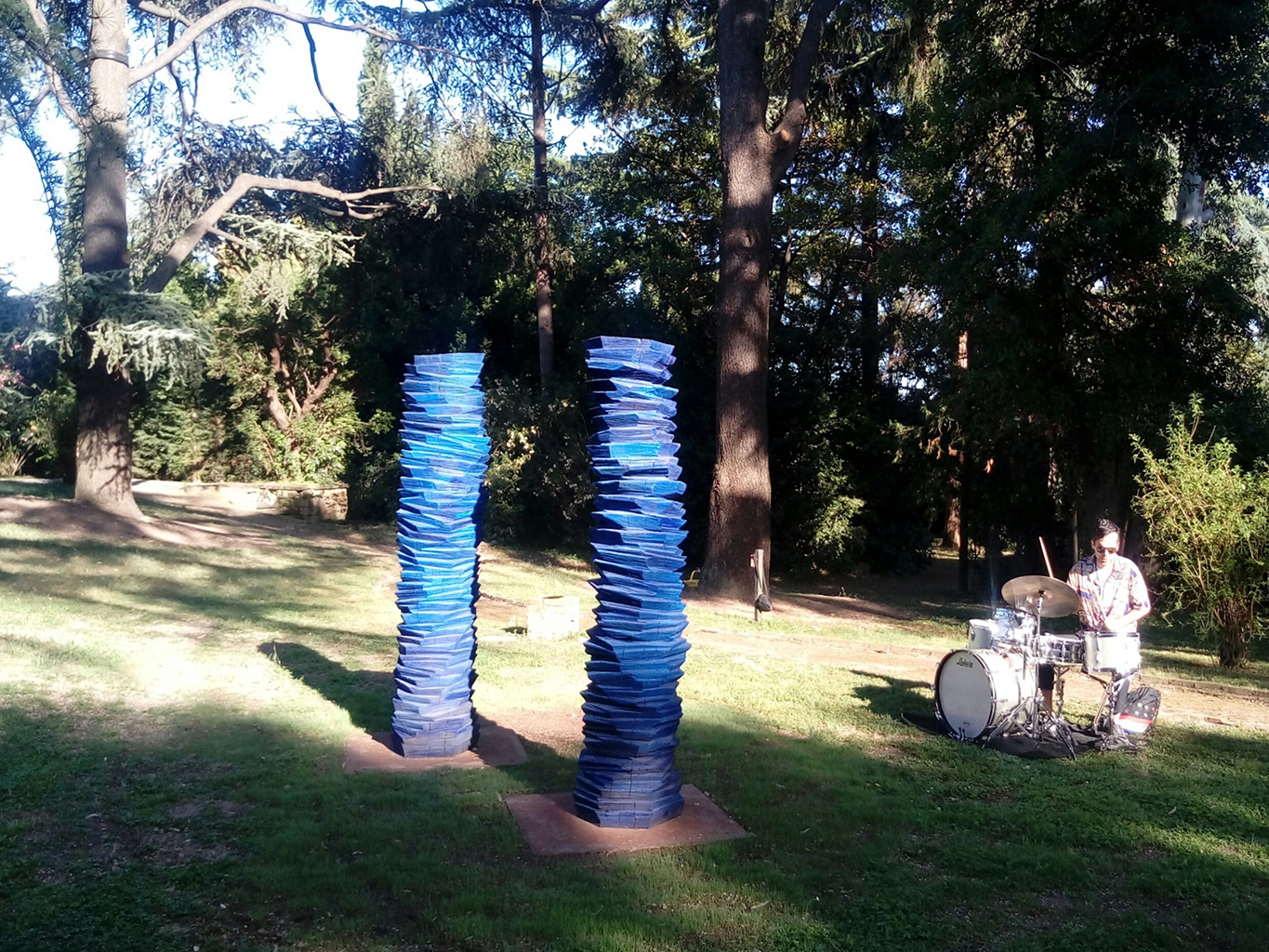
BLAUPAUSE
L‘ incontro tra due genera nuovo spazio
Cedar wood / Oil colour
219 x 50 & 219 x 53 cm
Install view:
German Embassy / Villa Almone / Rome / since 2021
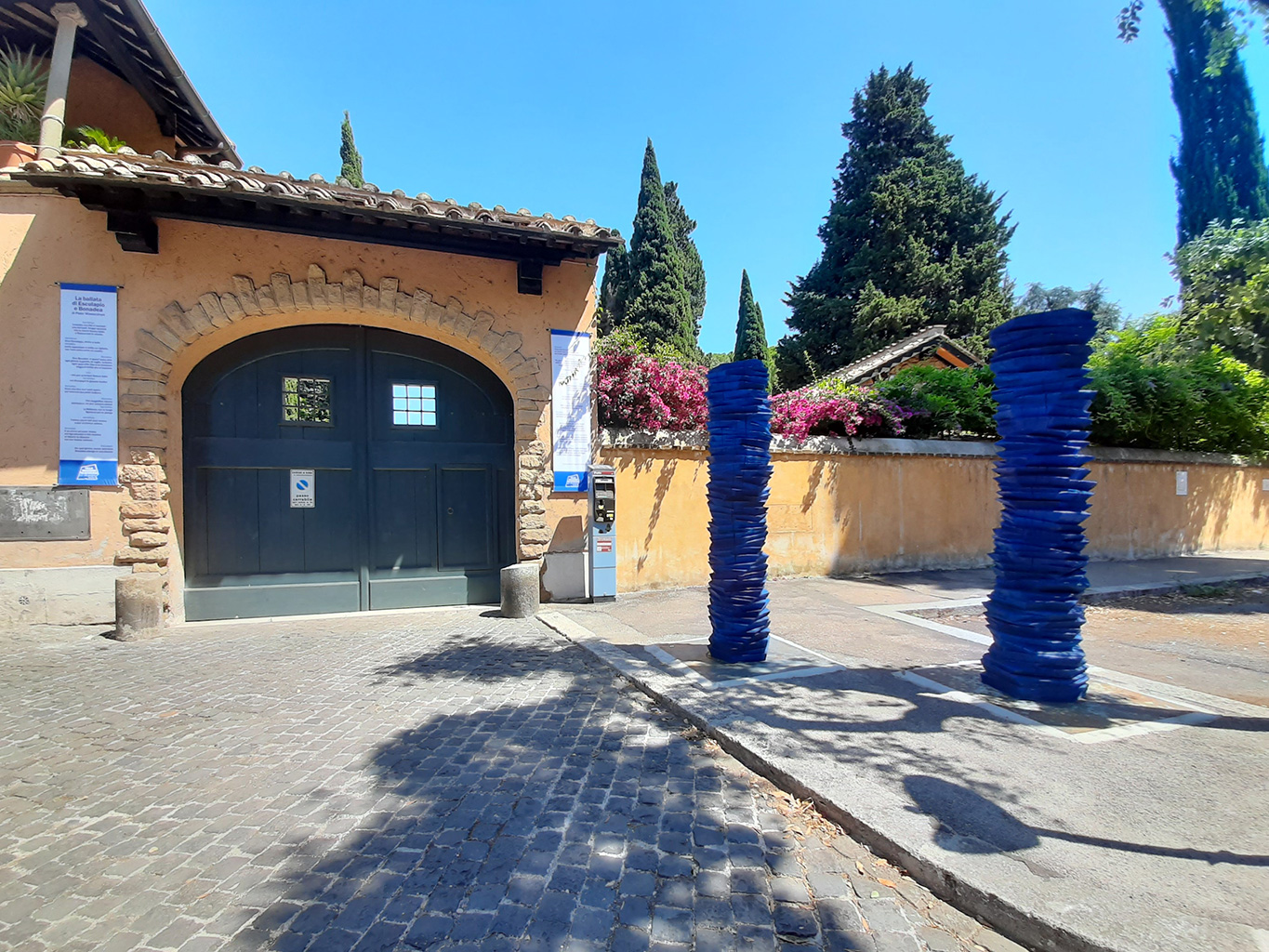
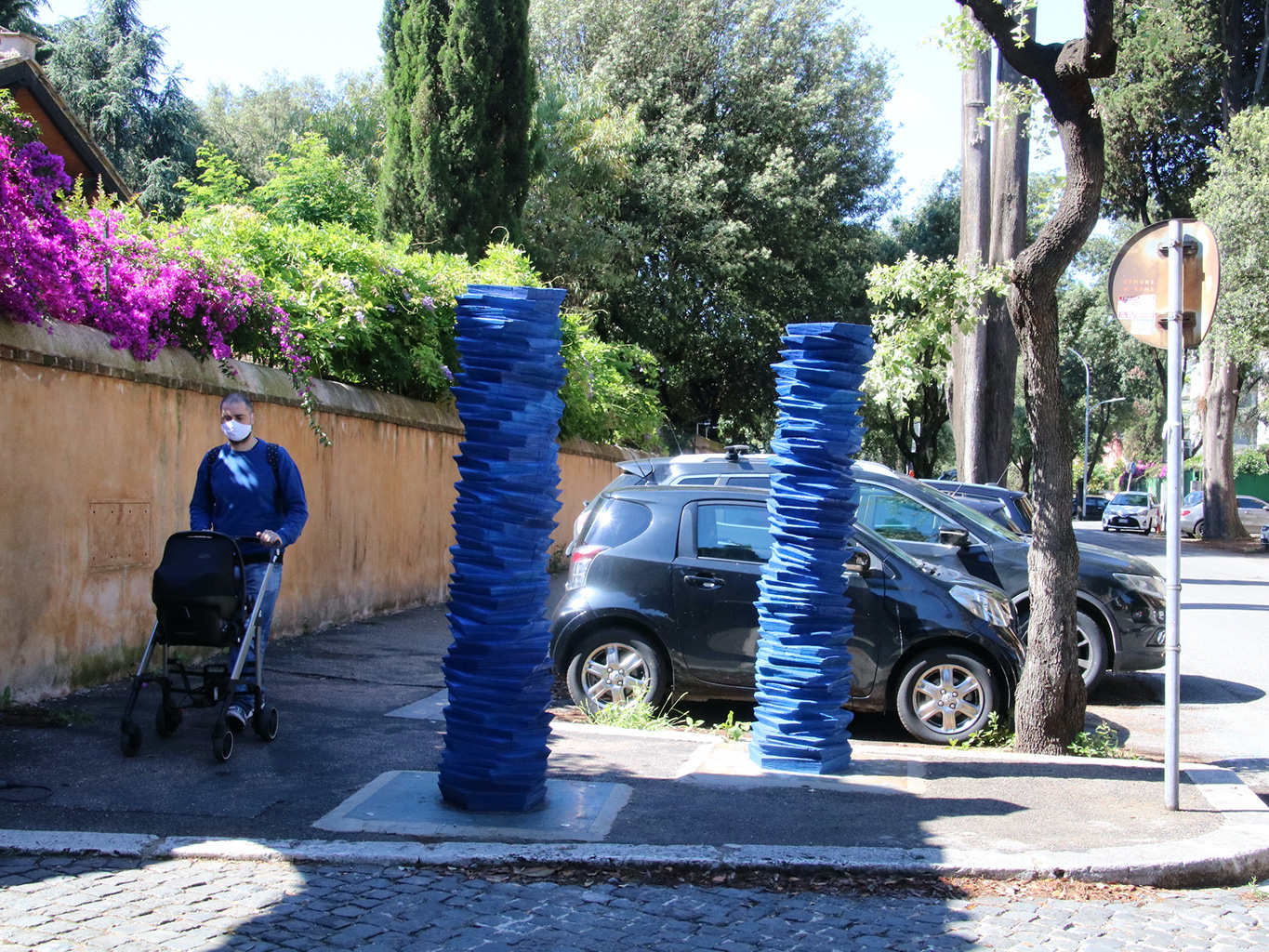
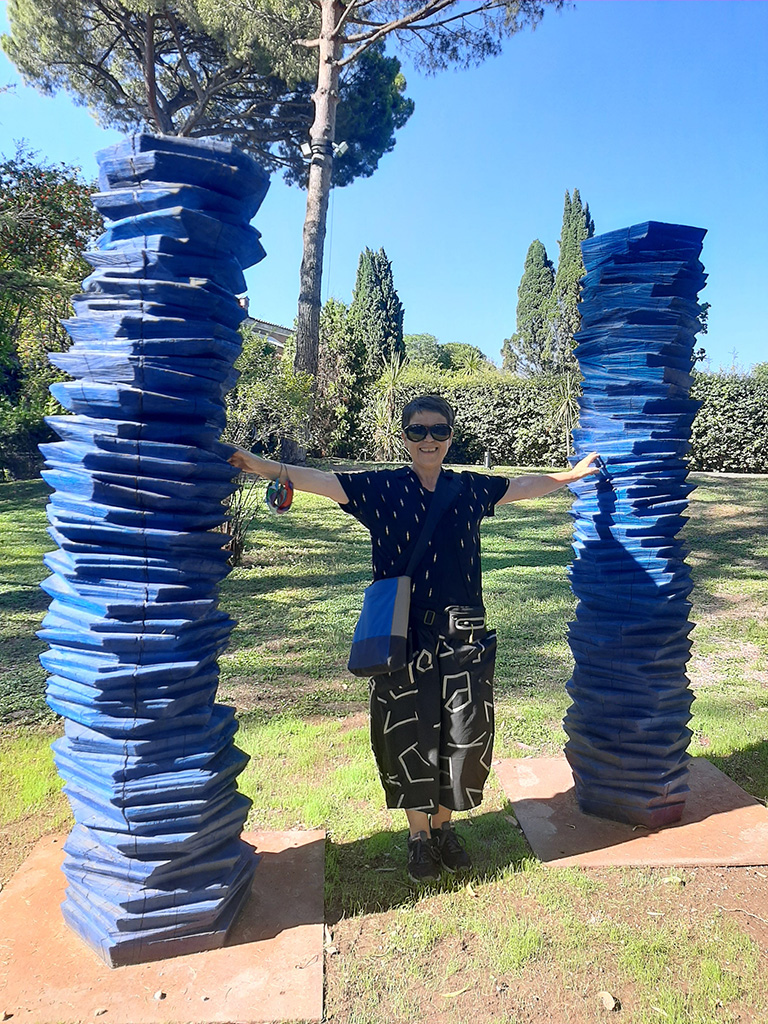
BLAUPAUSE cianografia
Cedar wood / Oil colour
219 x 50 & 219 x 53 cm
Install view:
SI AVVICINA / Villa Massimo / Rome / 2020
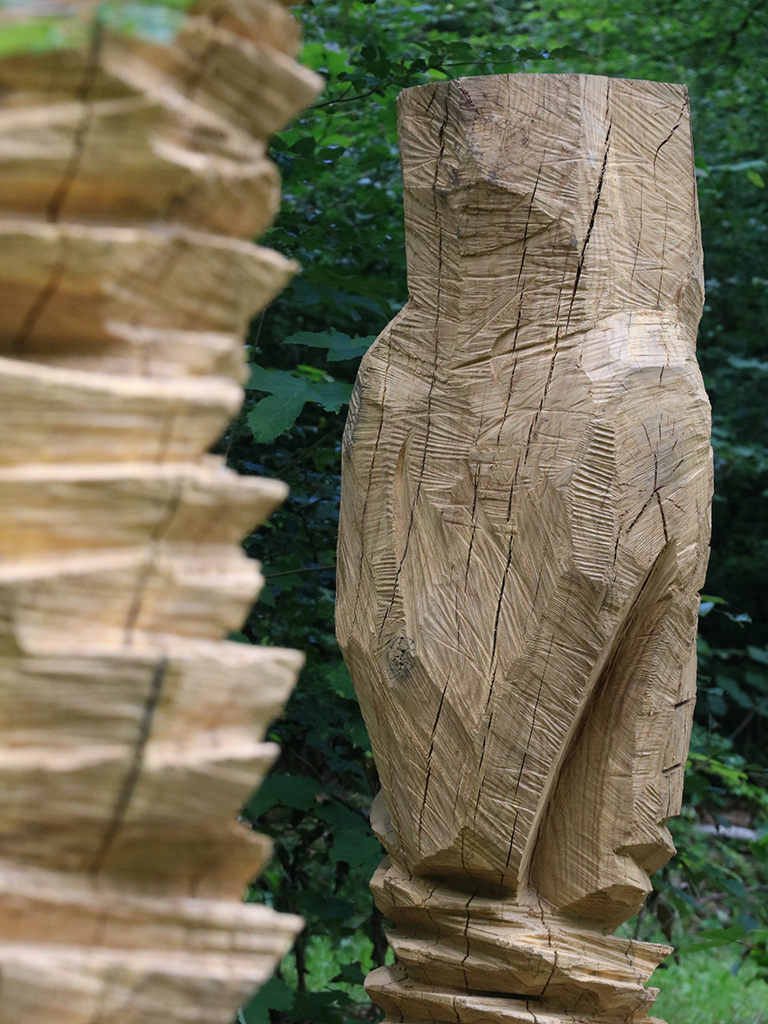
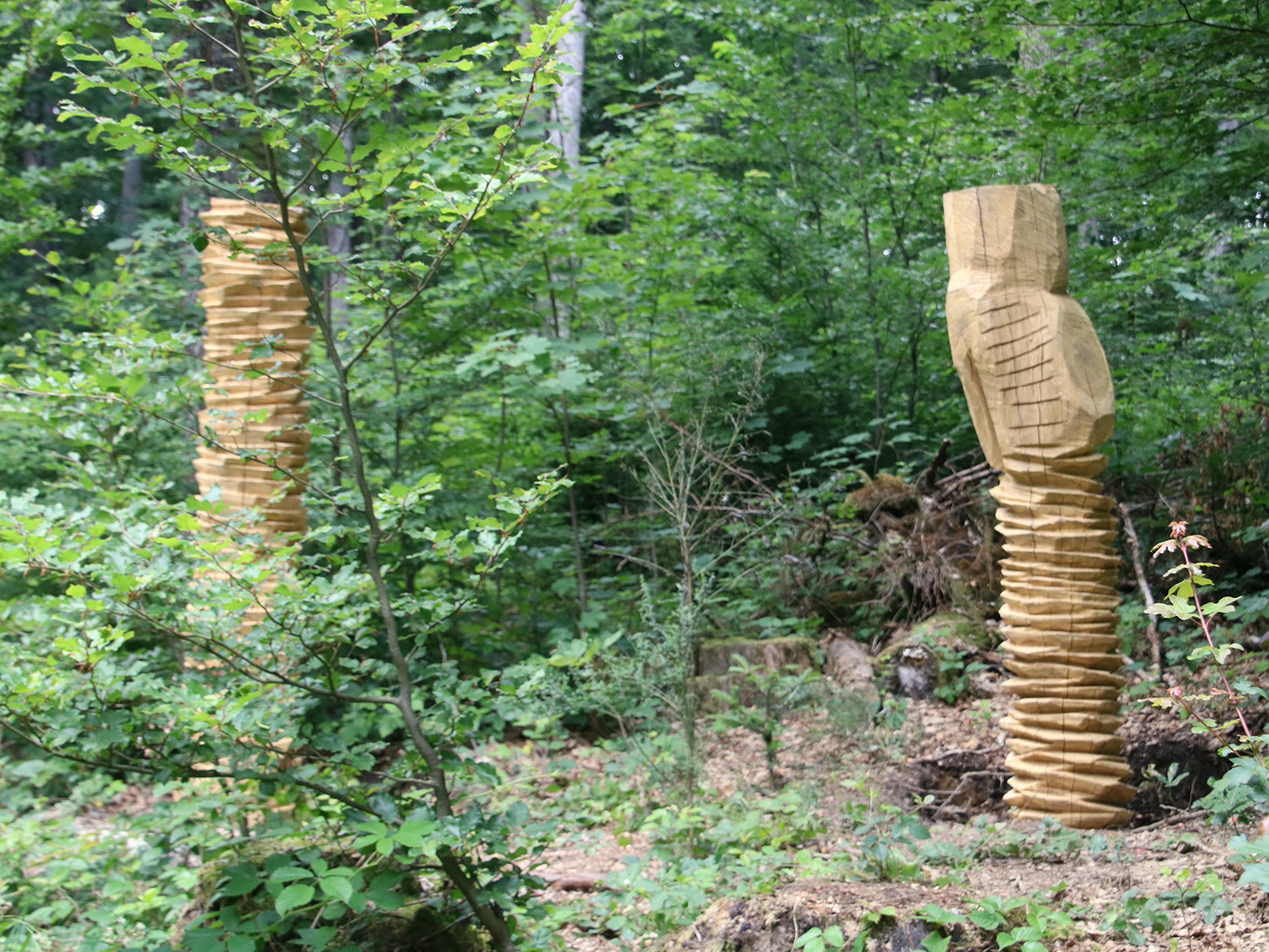

Sculptural ensemble
When two meet, new space is created
Oak wood / 200 x 50 cm each
Install view:
KulturFlecken-Weg / Freudenberg / since 2020
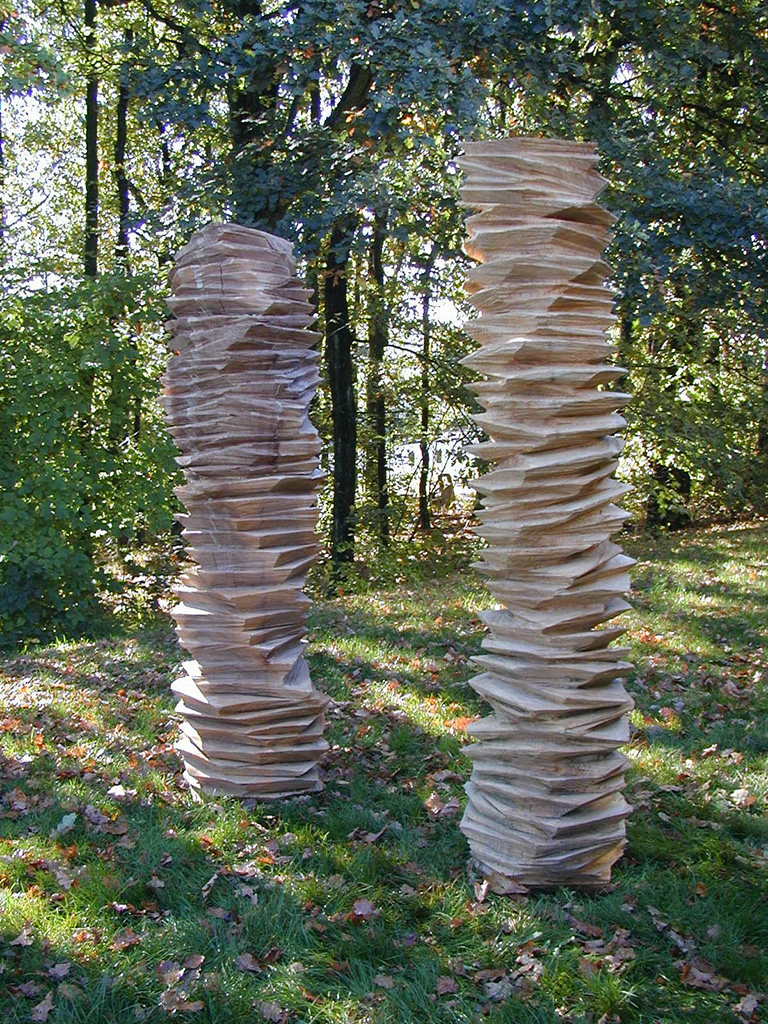
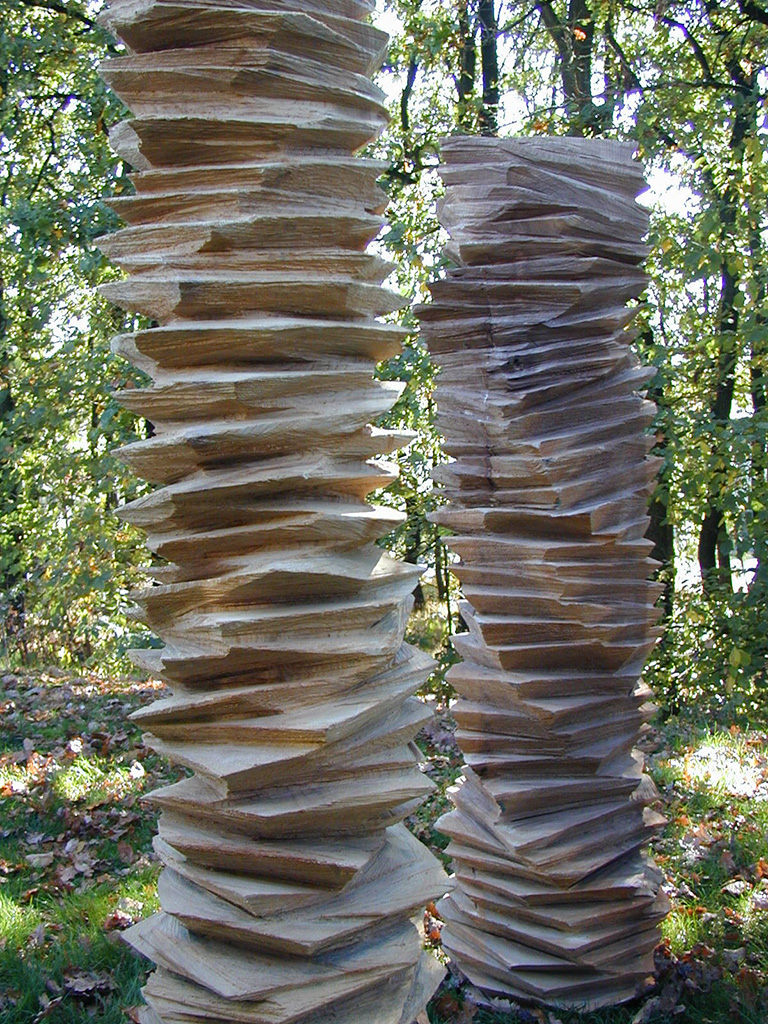


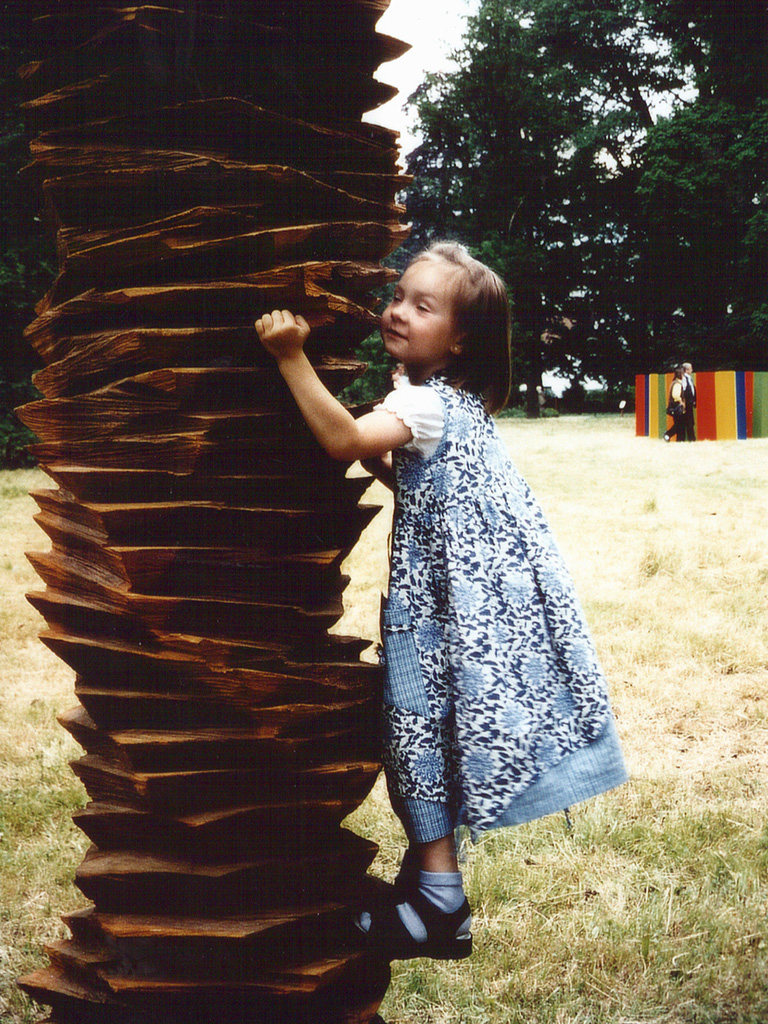
Plastisches Ensemble
Wenn zwei sich begegnen, entsteht neuer Raum
Elm wood
215 x 60 cm & 235 x 50 cm
Install views:
Outside area at the University of Siegen / since 2003
Landesgartenschau Marienburg Park / Monheim on the Rhine / 2002-03
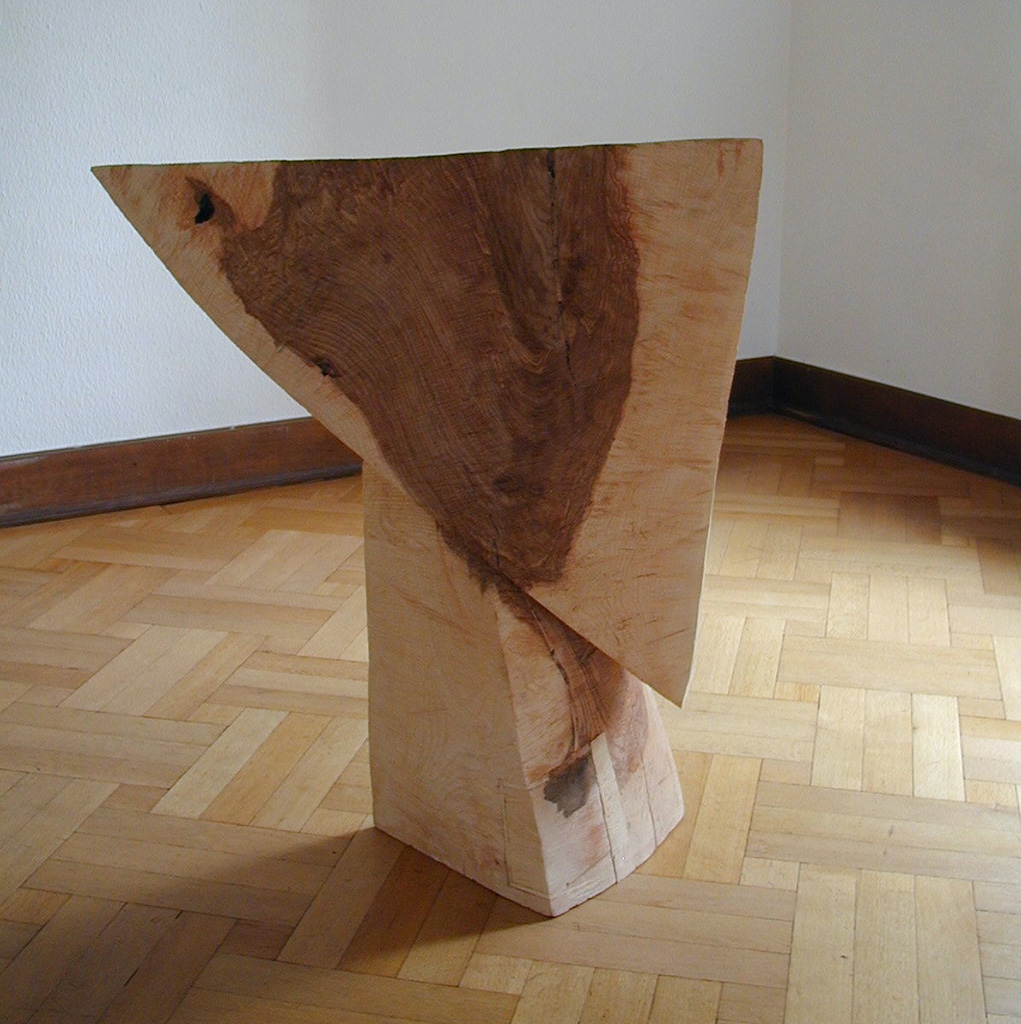
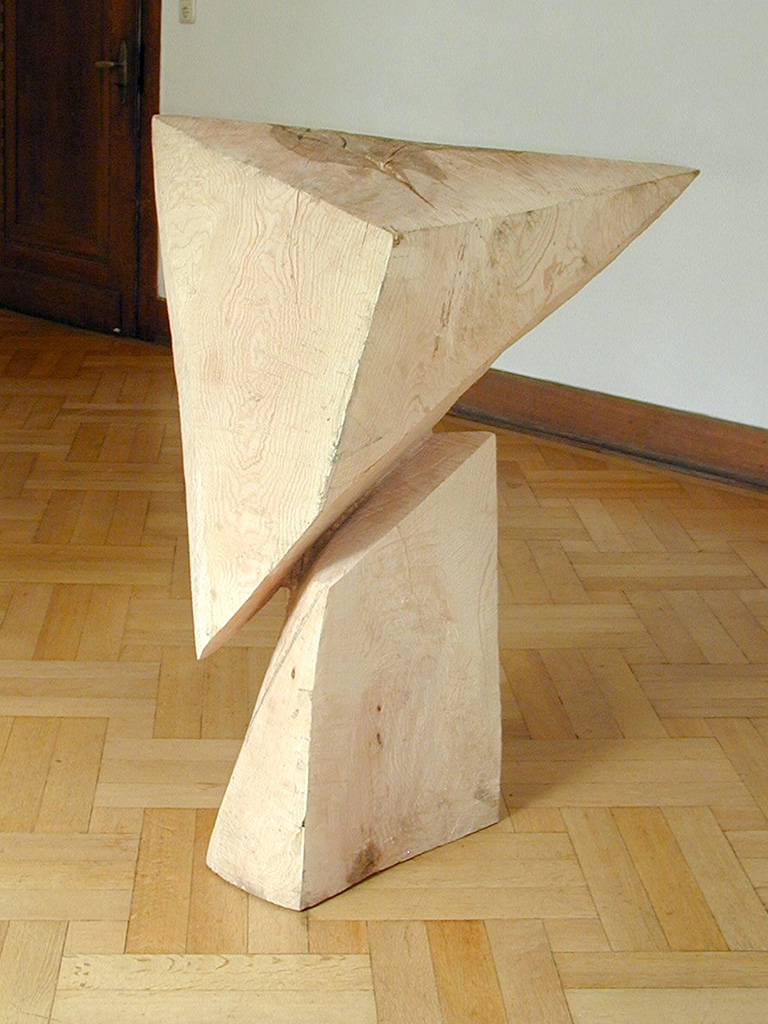
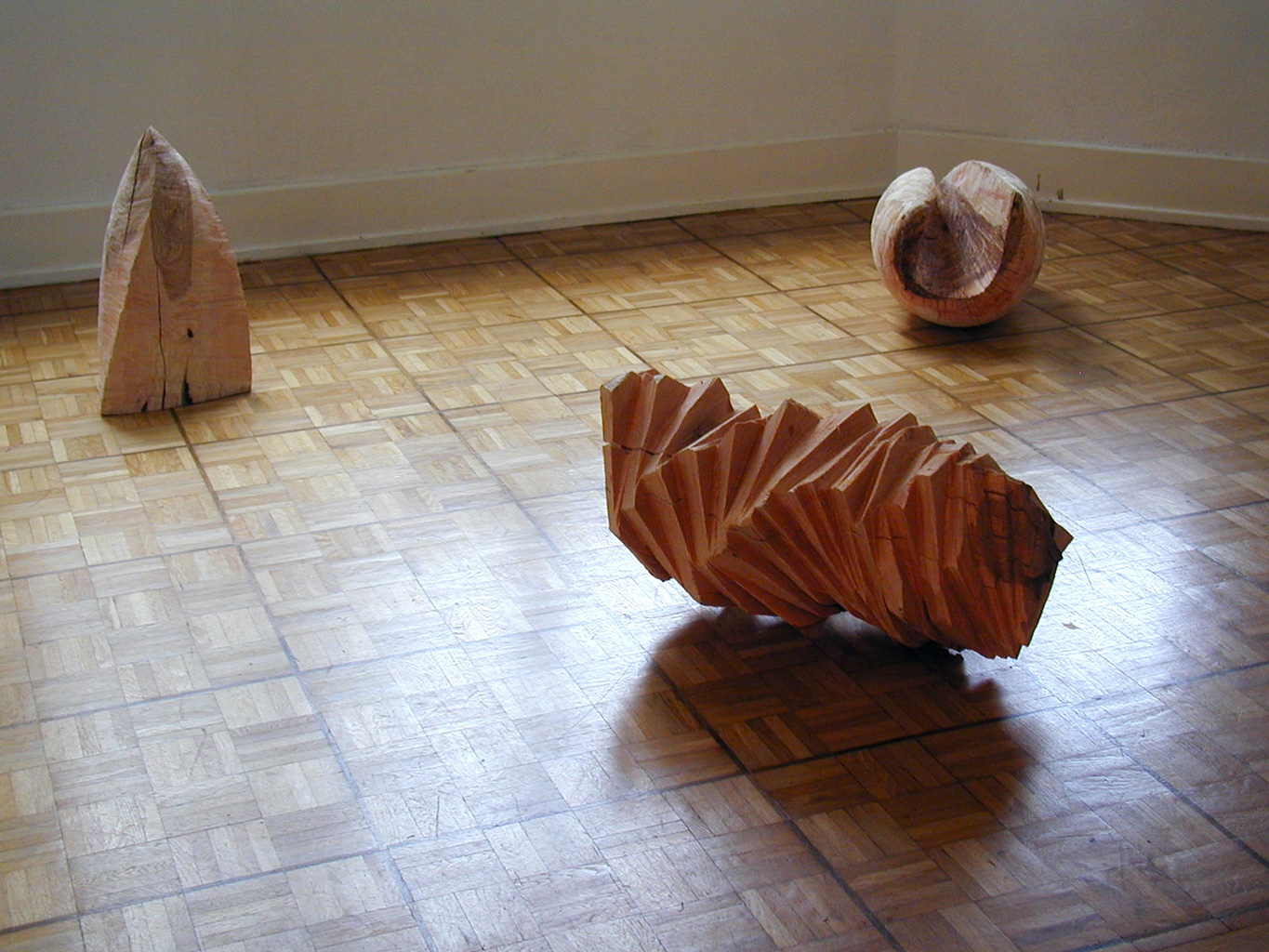
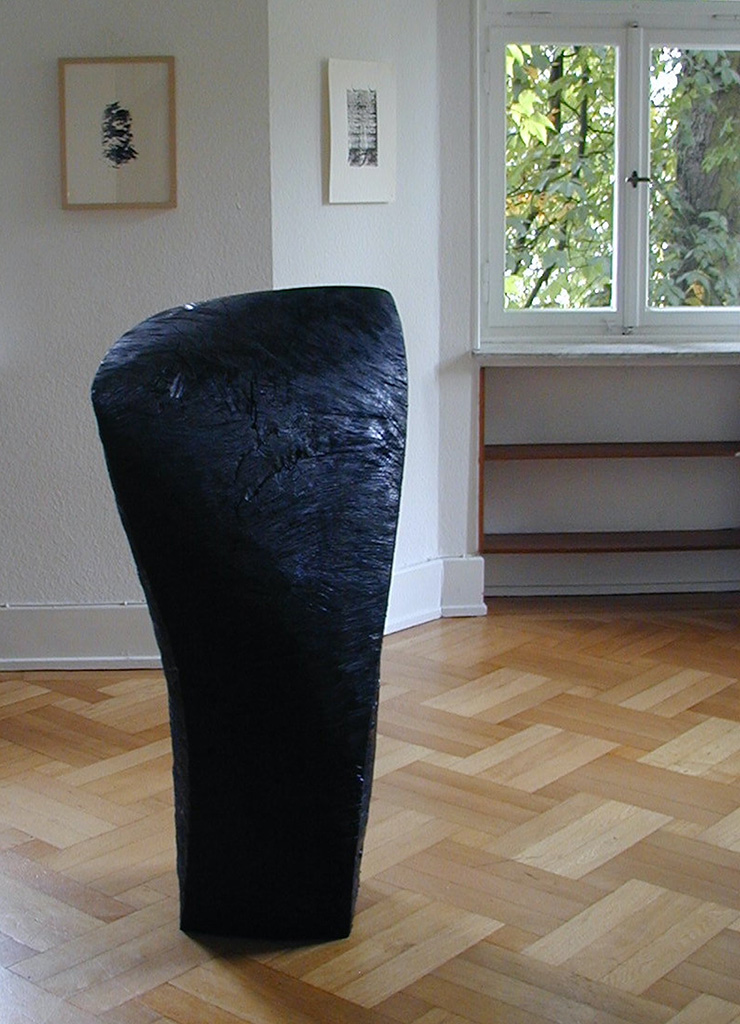
RAUMERFAHRUNG
Wooden sculptures
Install view:
Raumerfahrung / ESG Gallery / Siegen-Weidenau / 2000
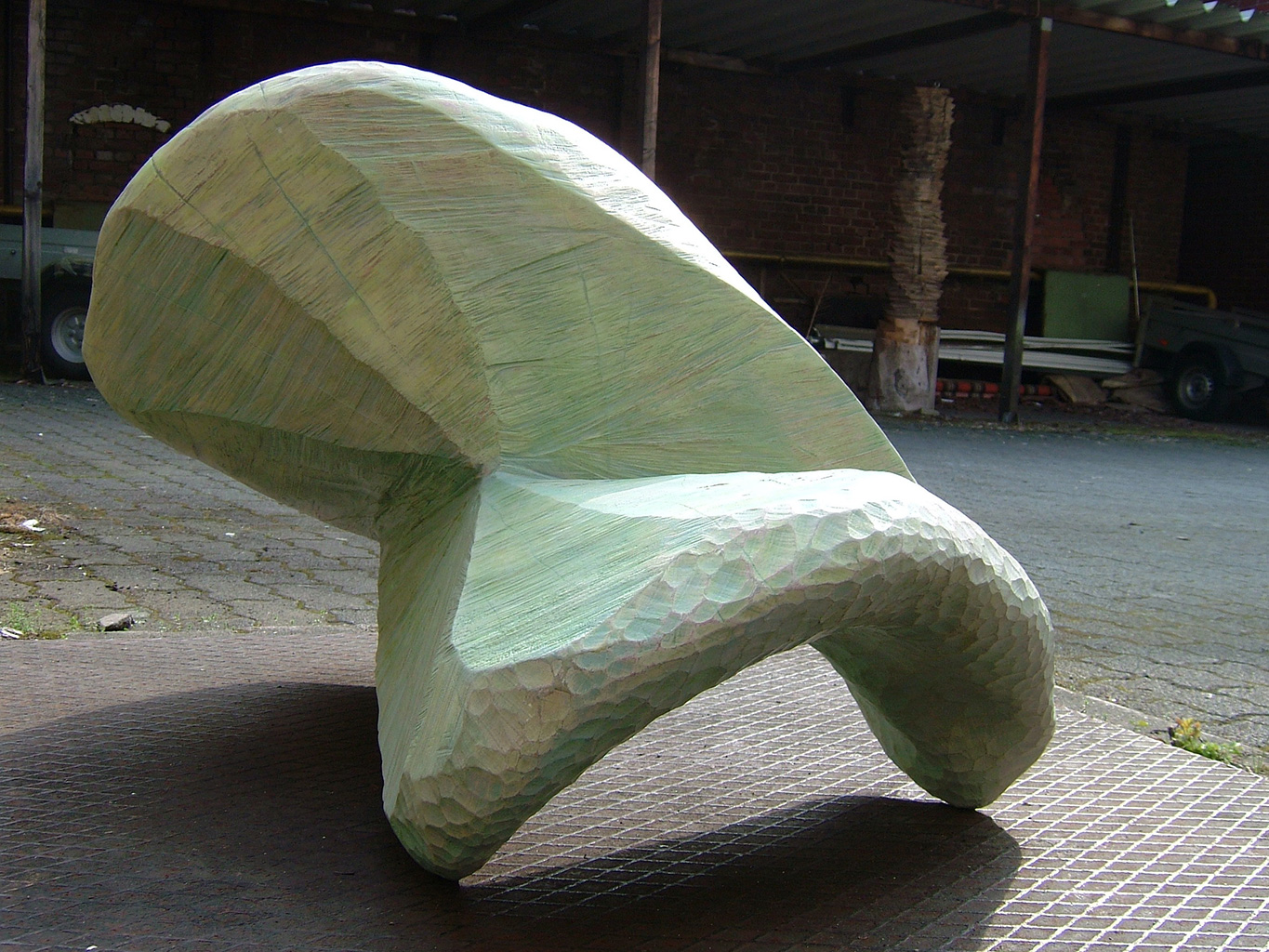
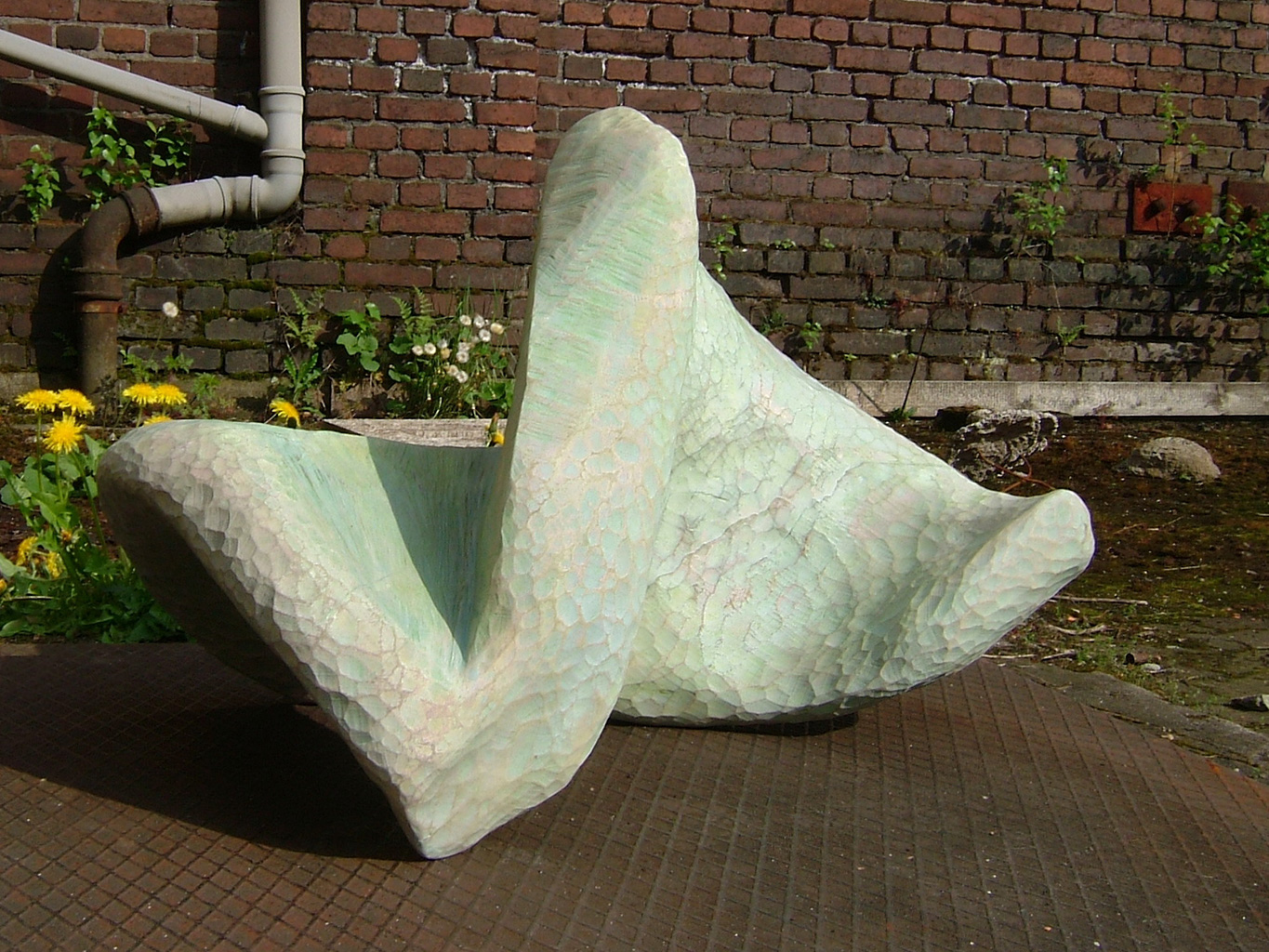
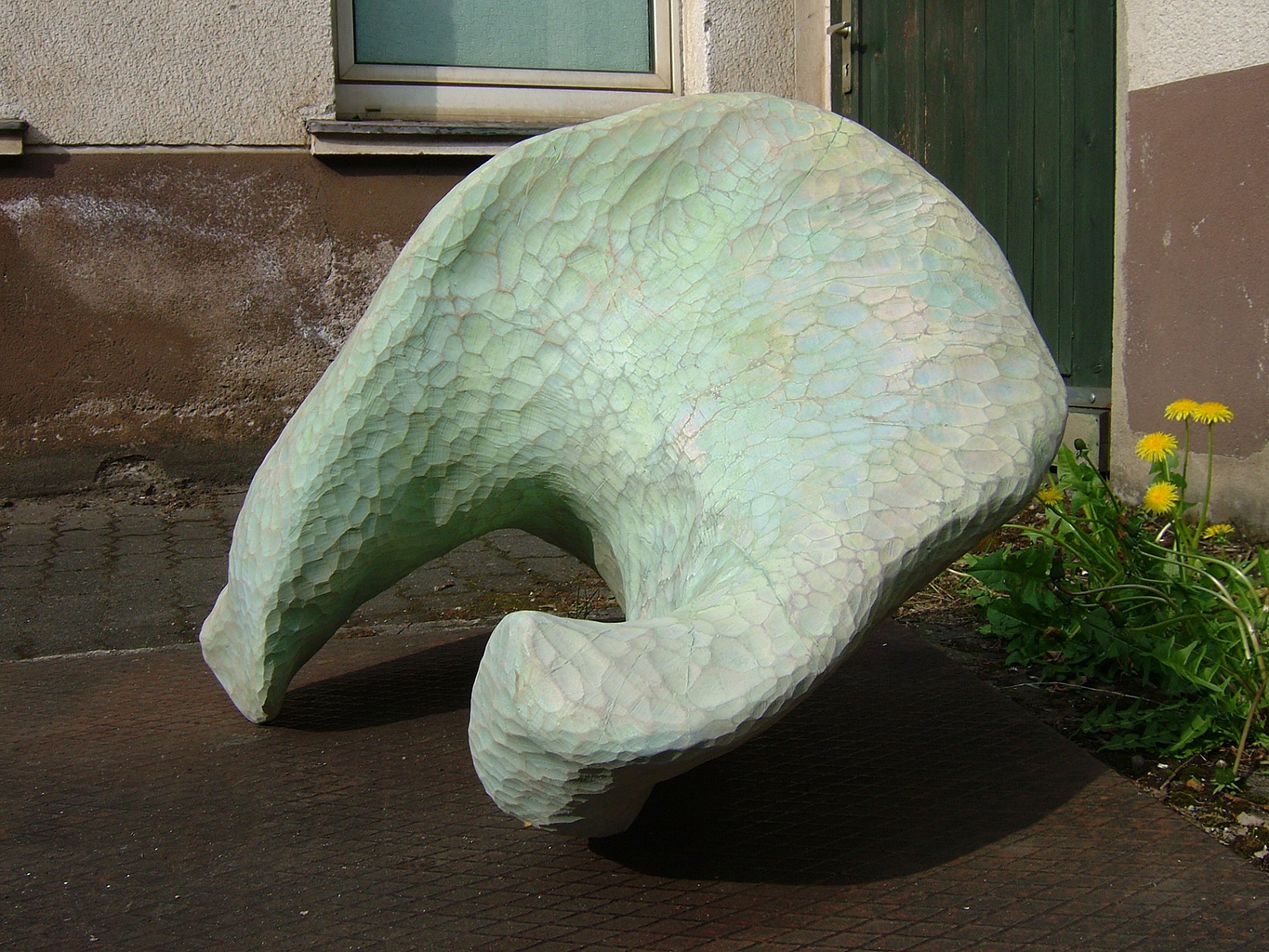
Windung
Ash wood / color version
60 x 70 x 65 cm
2010

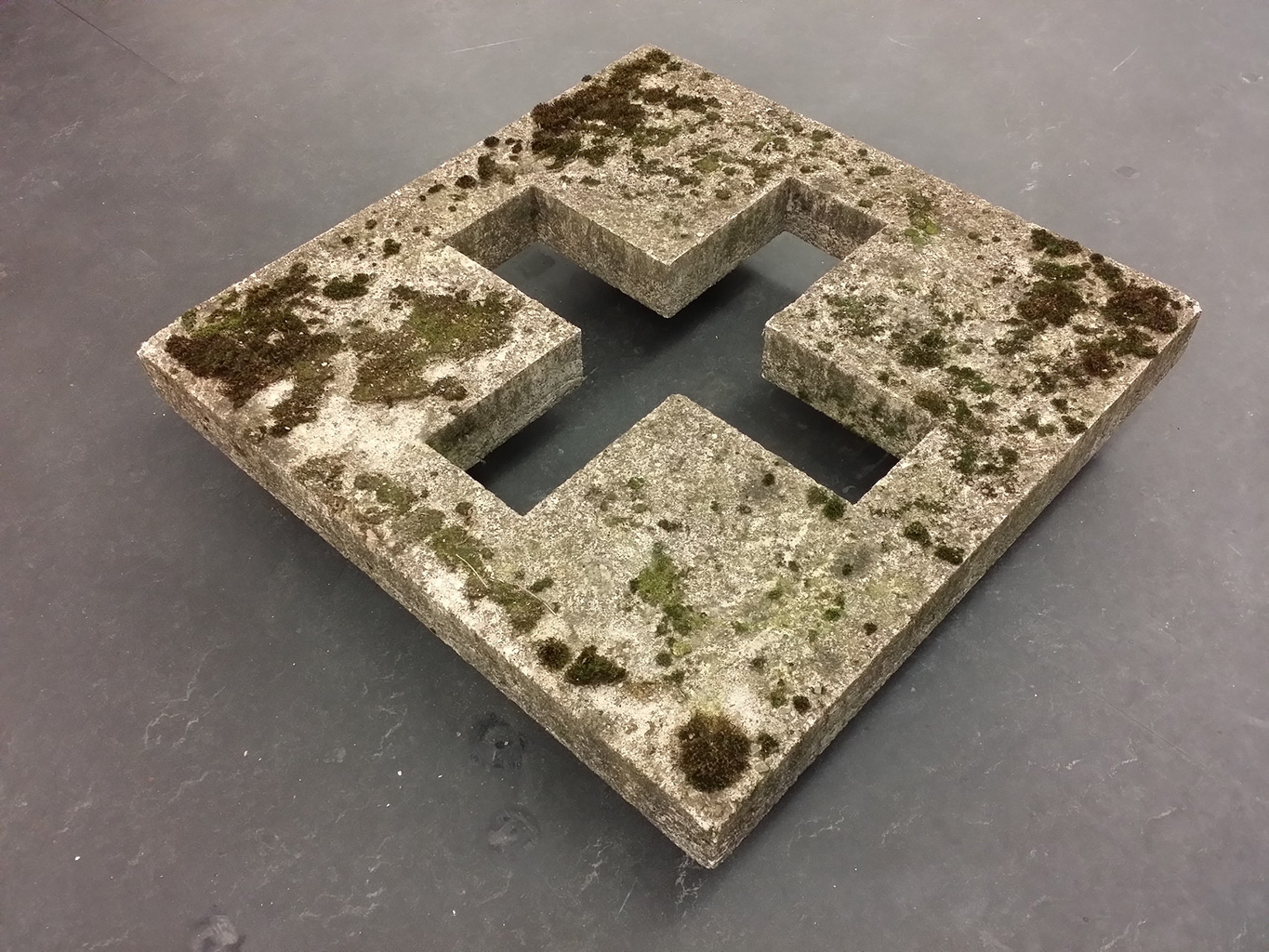
+/-
Concrete relief
12 x 80 x 80 cm
2007
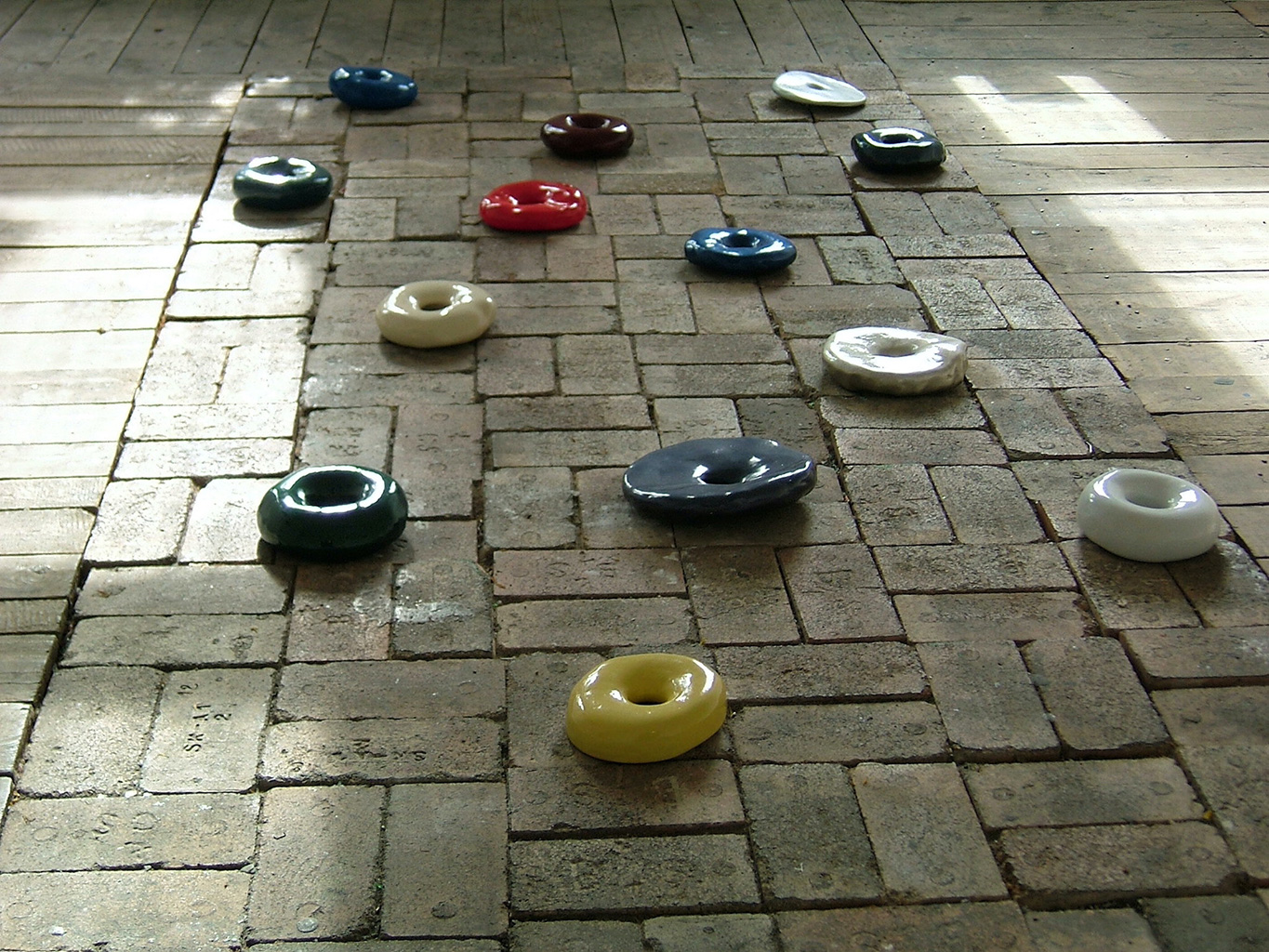
13 Stimmen
Clay / color version
5 x 21 x 21 cm each
2004

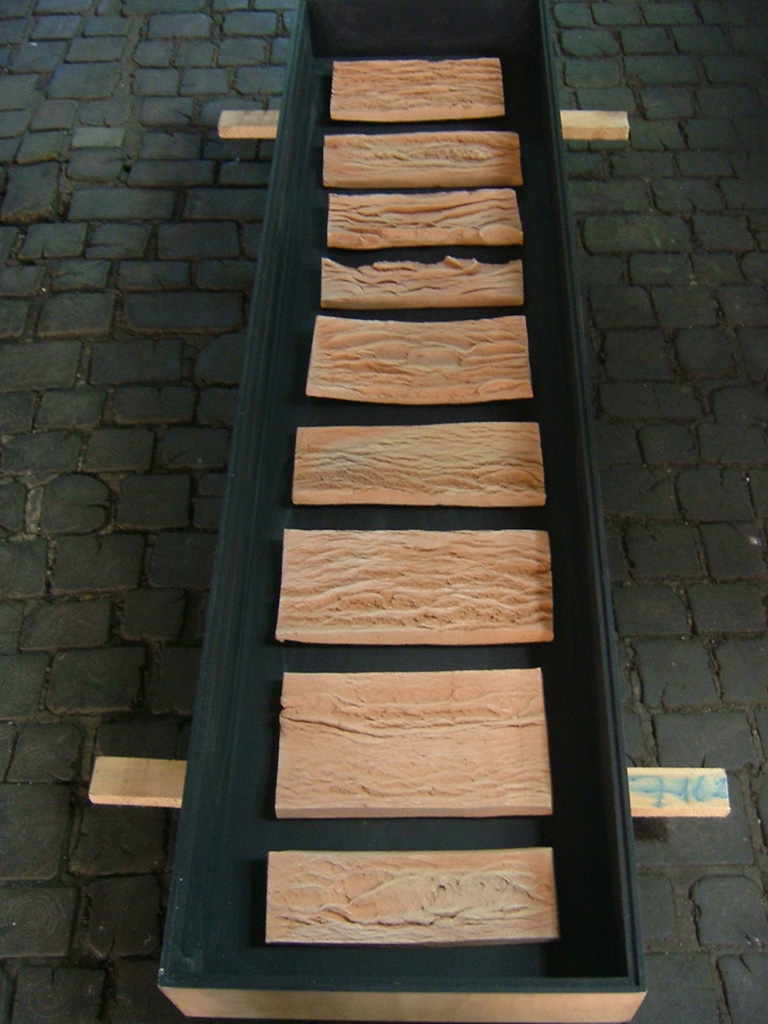

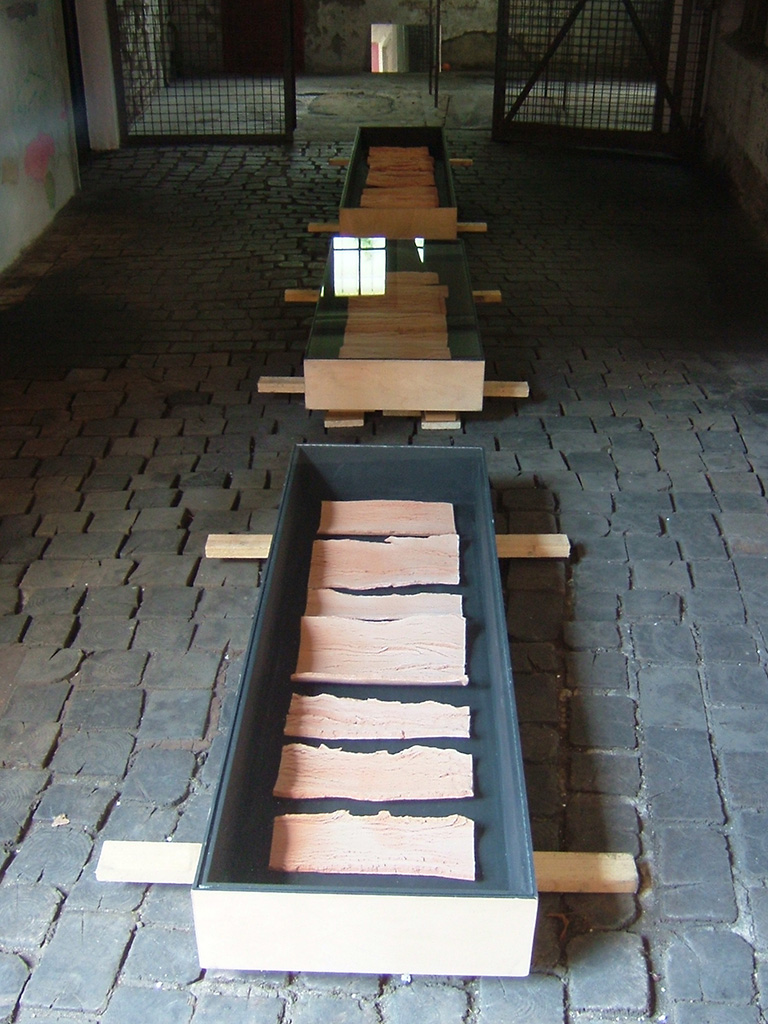
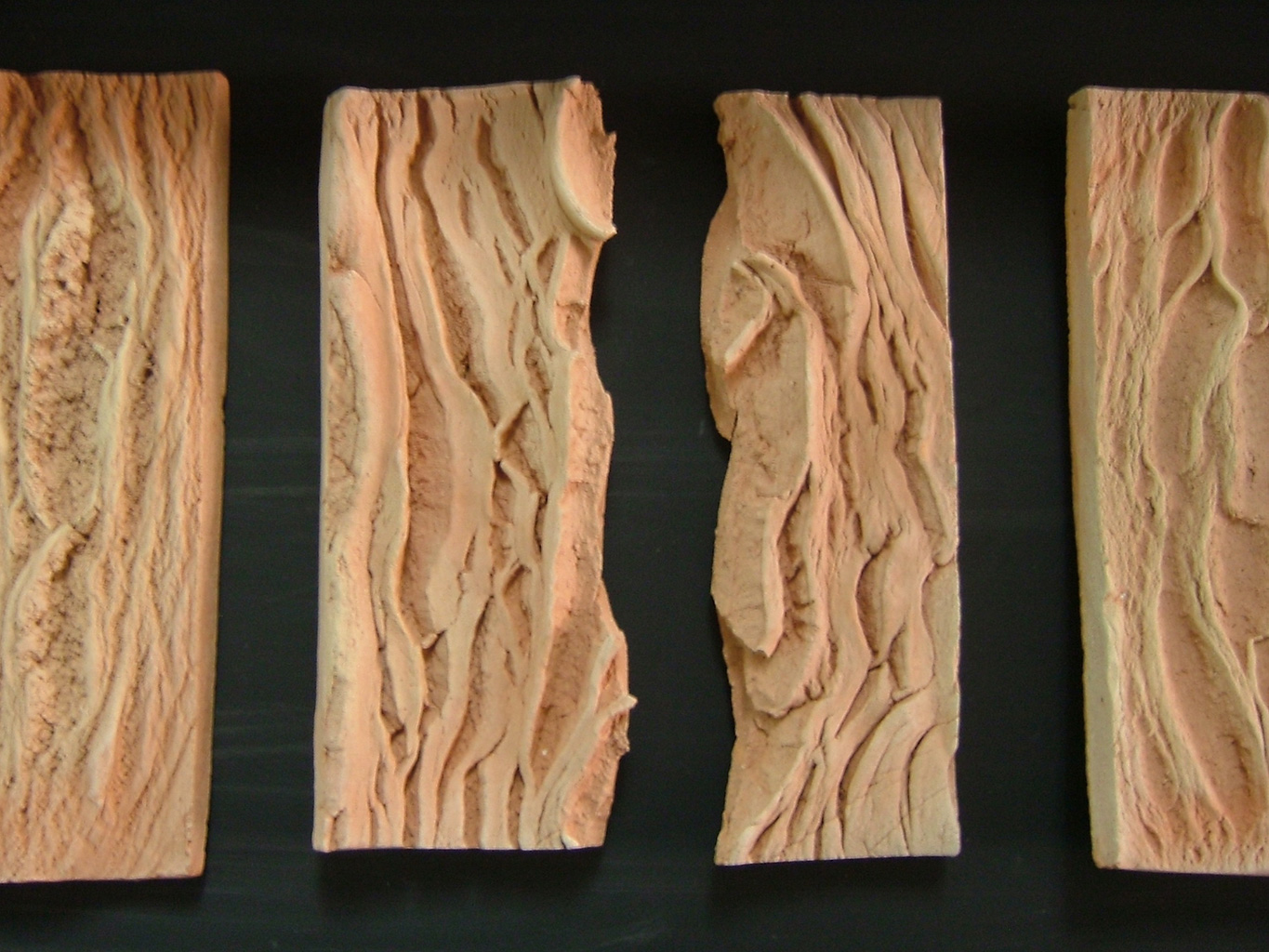
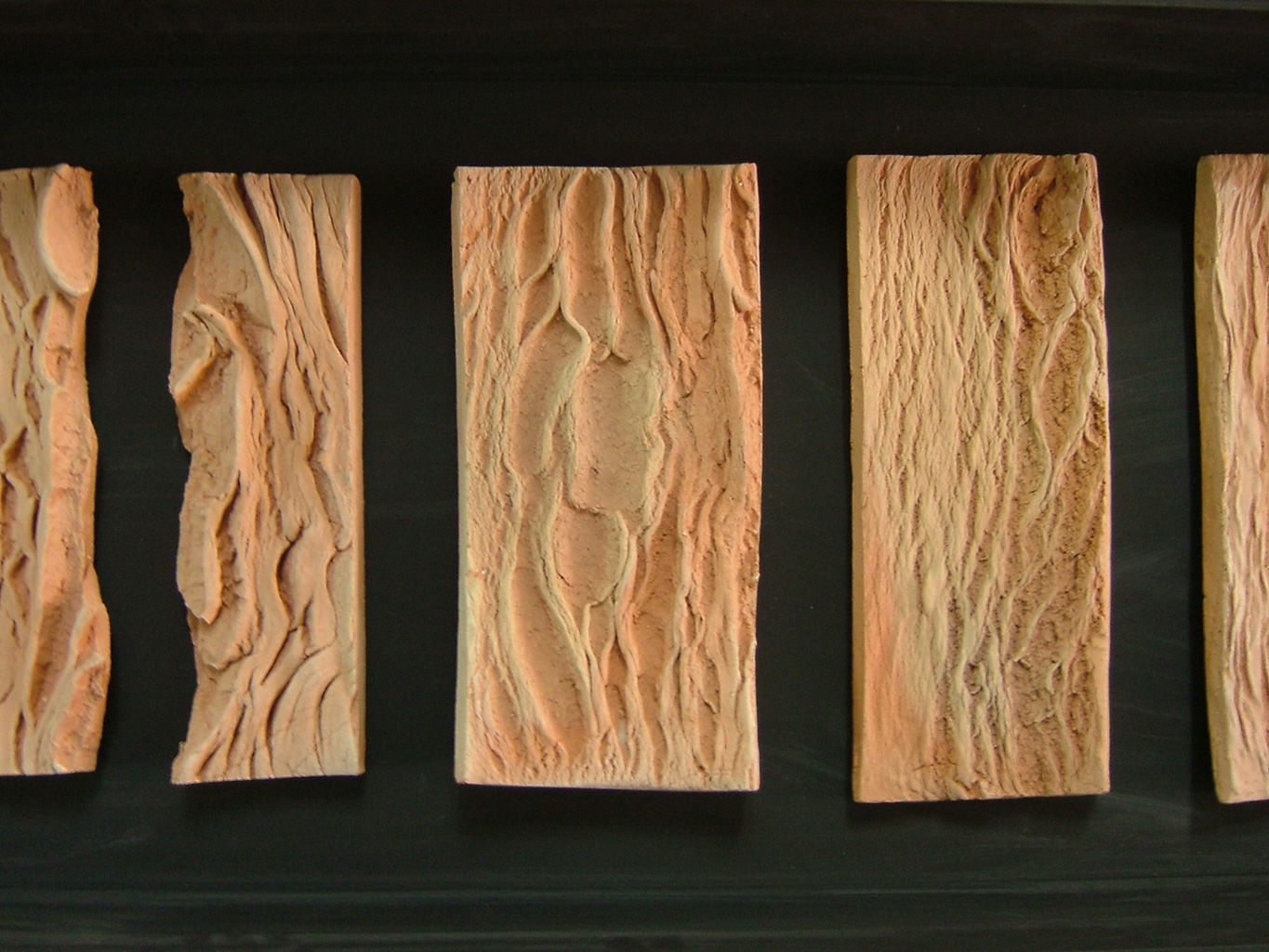
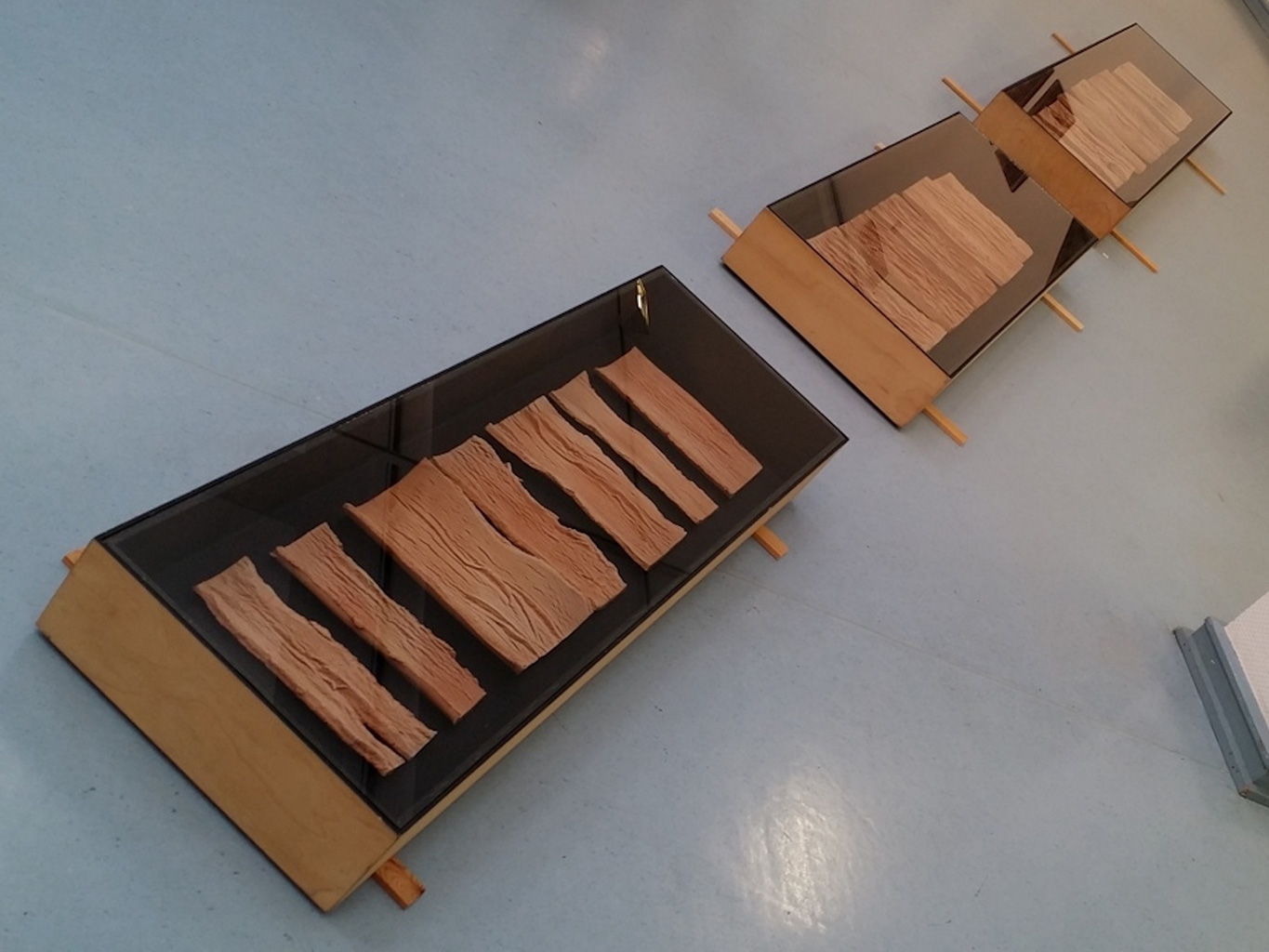
DłUGA long Street
Red clay reliefs in three display cases
13,5 x 113 x 43 / 13,5 x 168 x 43 /
14 x 115 x 43 cm
2004
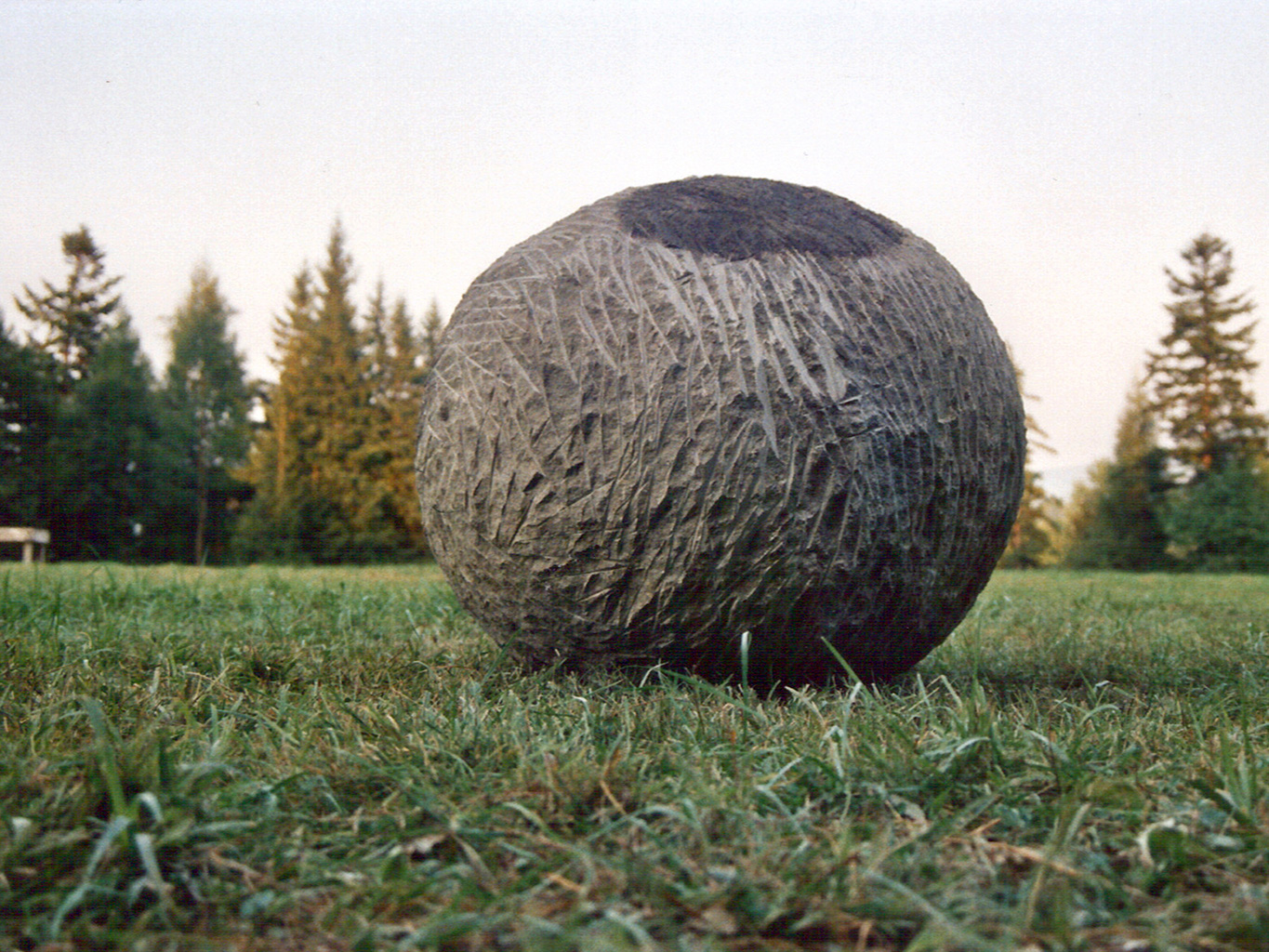
KULA
Sandstone
70 x 70 x 70 cm
2001
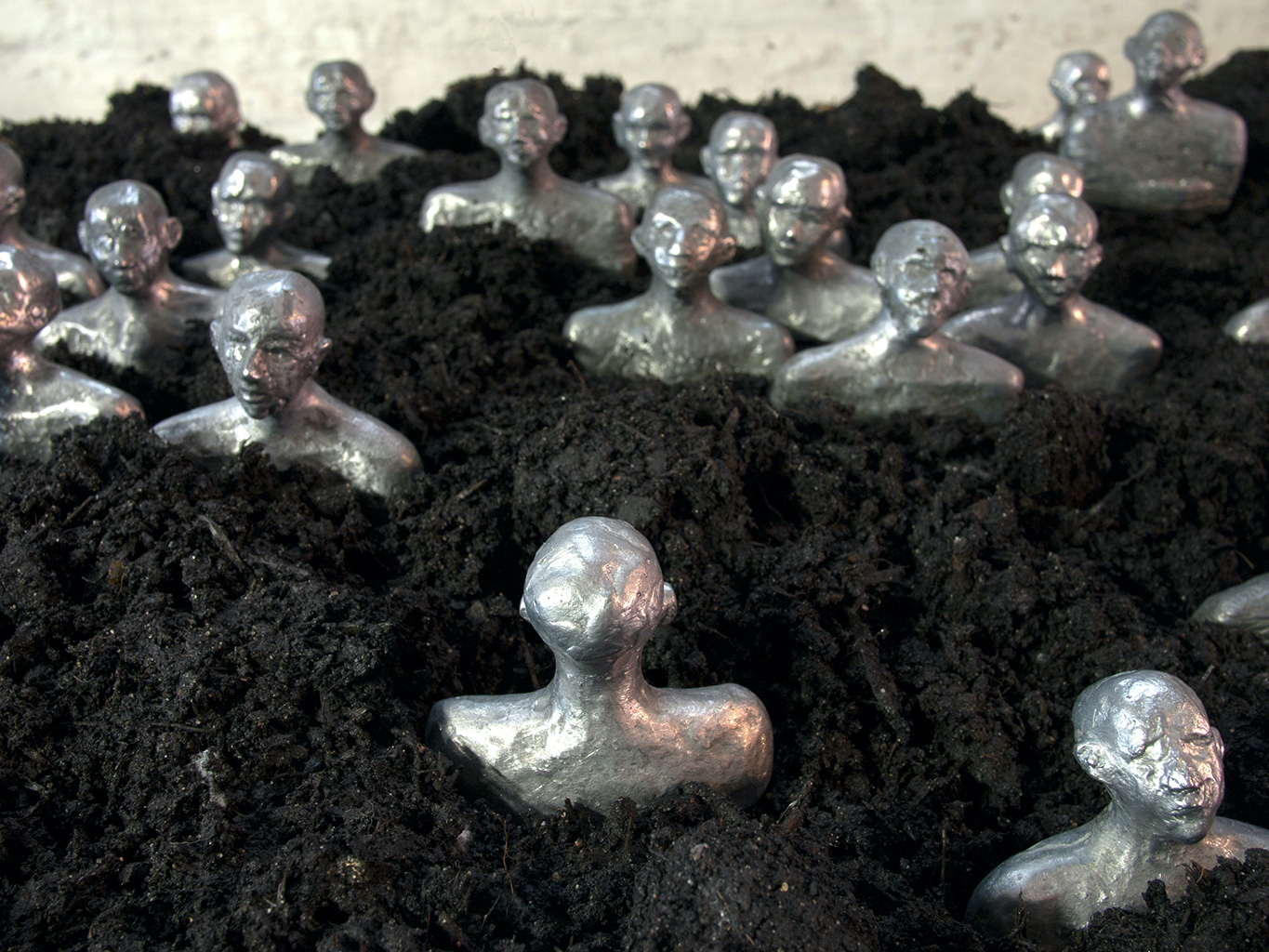
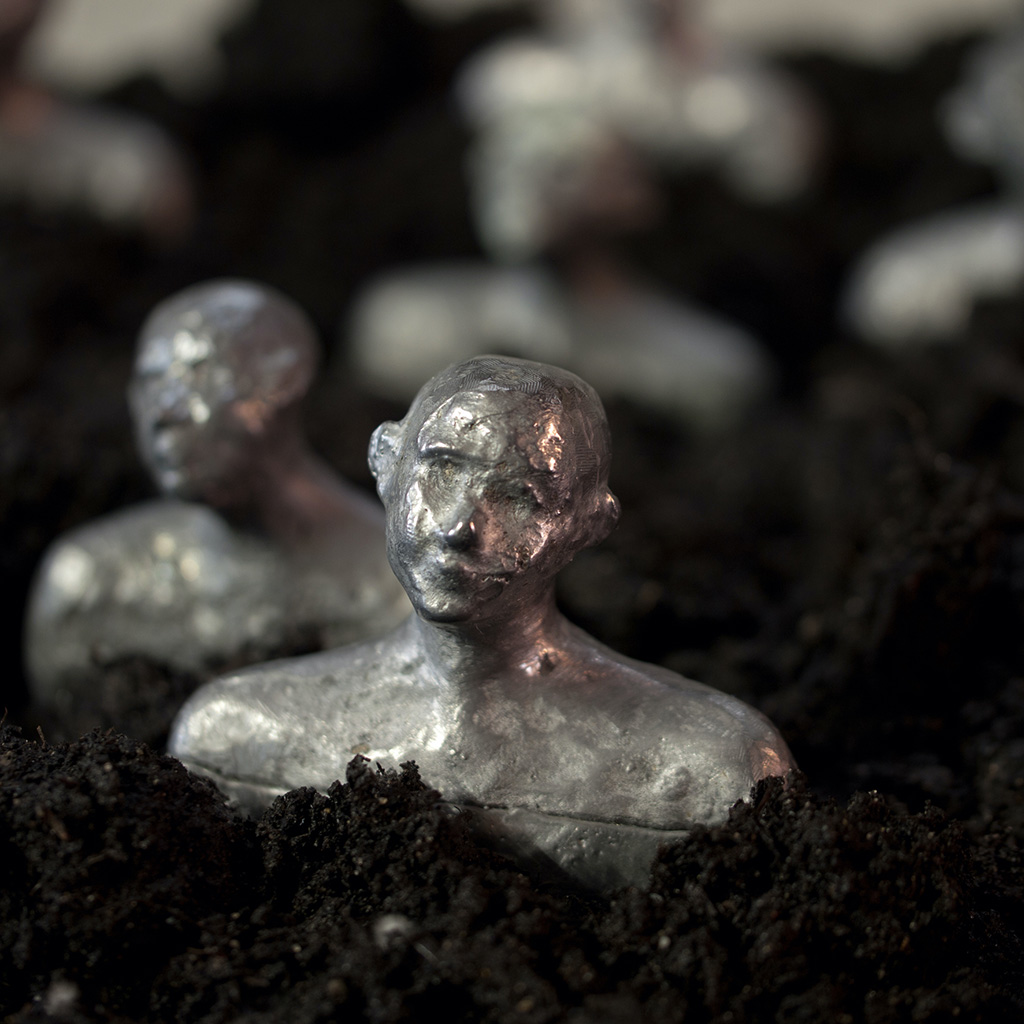
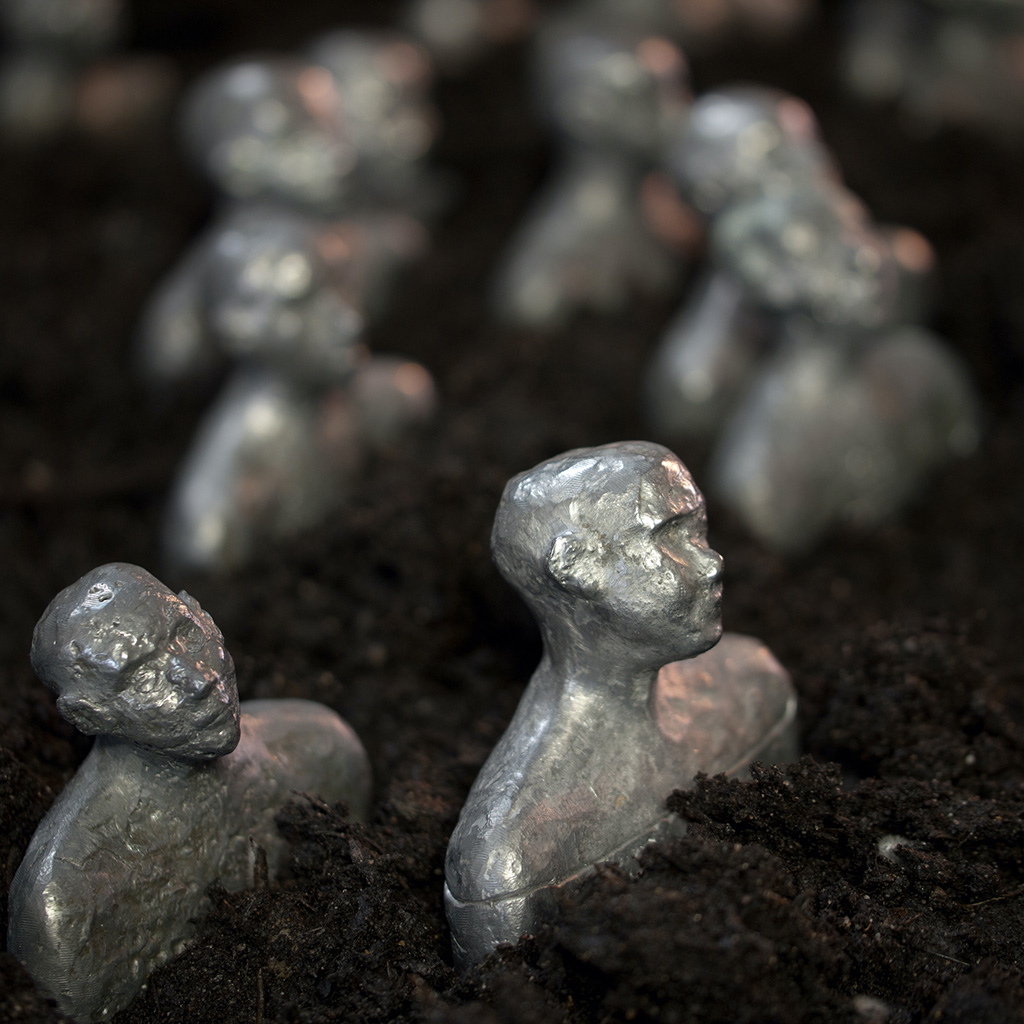
Die Anderen
57 small busts
Lead / 6 x 3 x 7 cm each
2004-11

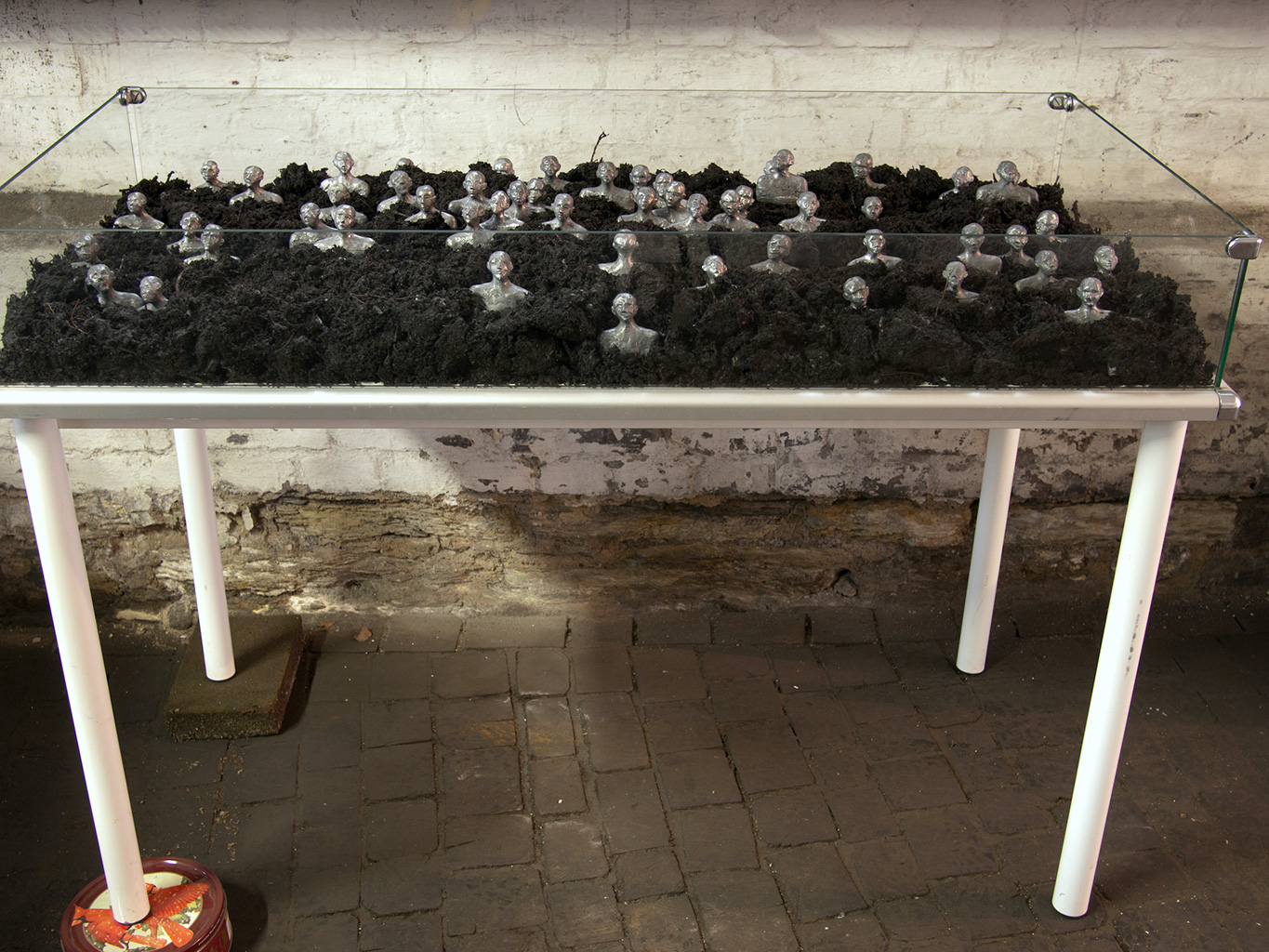

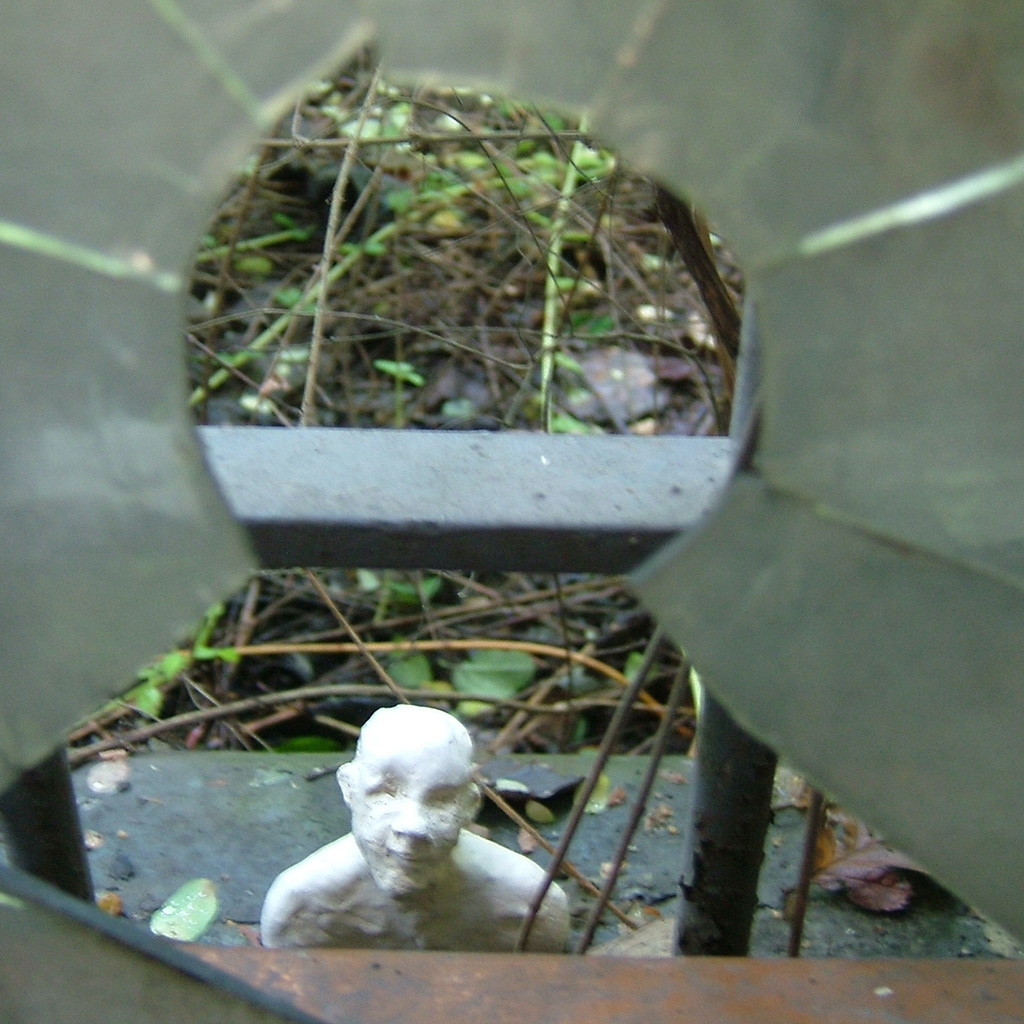

ROLAND
Intervention
2007
eingebettet
Clay figures in wax
3 x 26 x 40 cm
2009

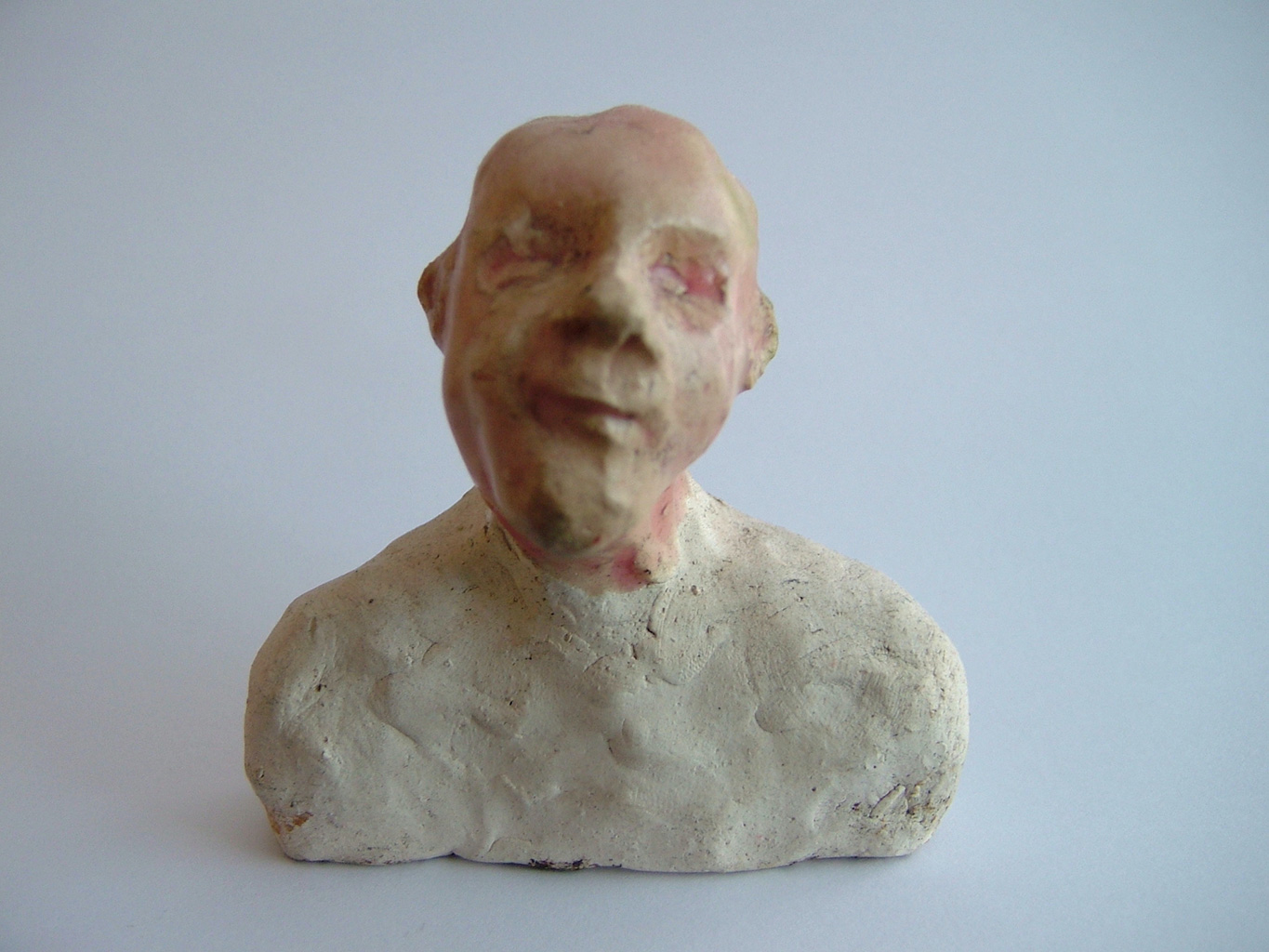
DREAMER
Clay and wax
9 x 4 x 7,5 cm
2009
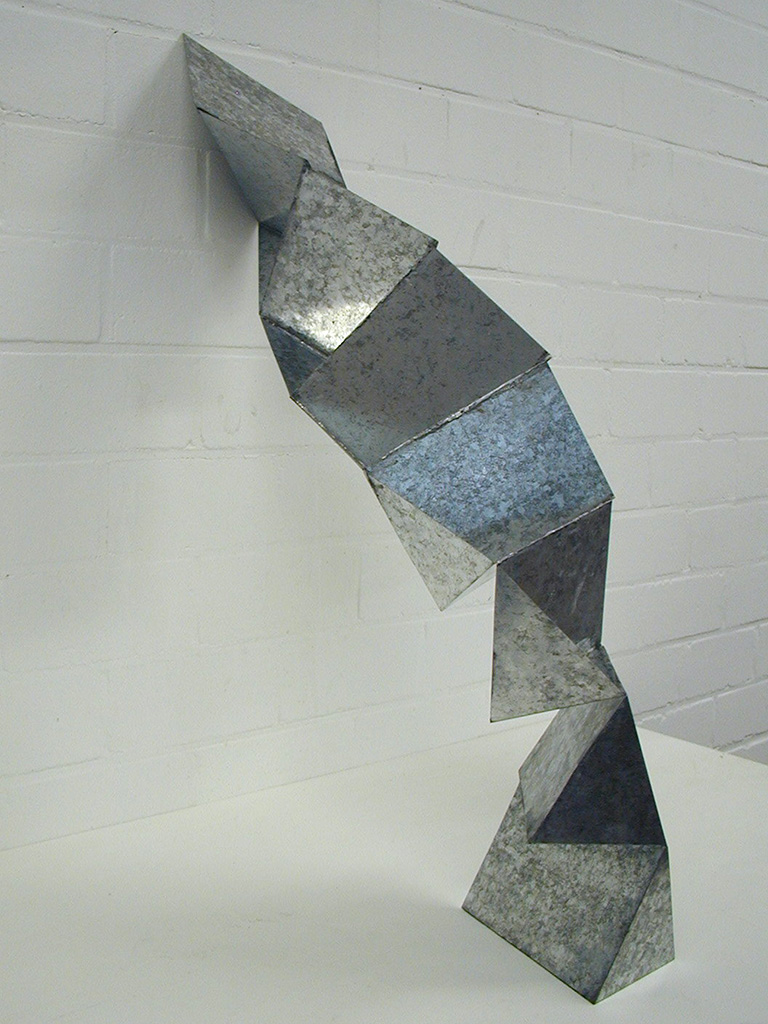
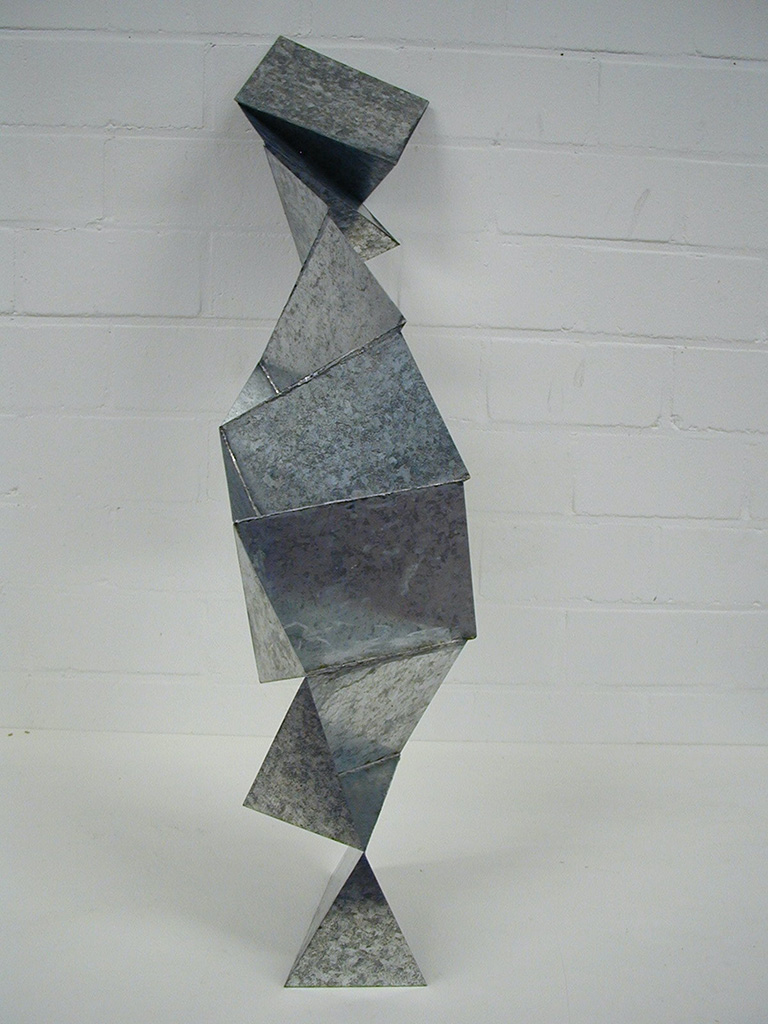
Models for Transformation
Sheet metal / Acrylic colour
Variable sizes
2001
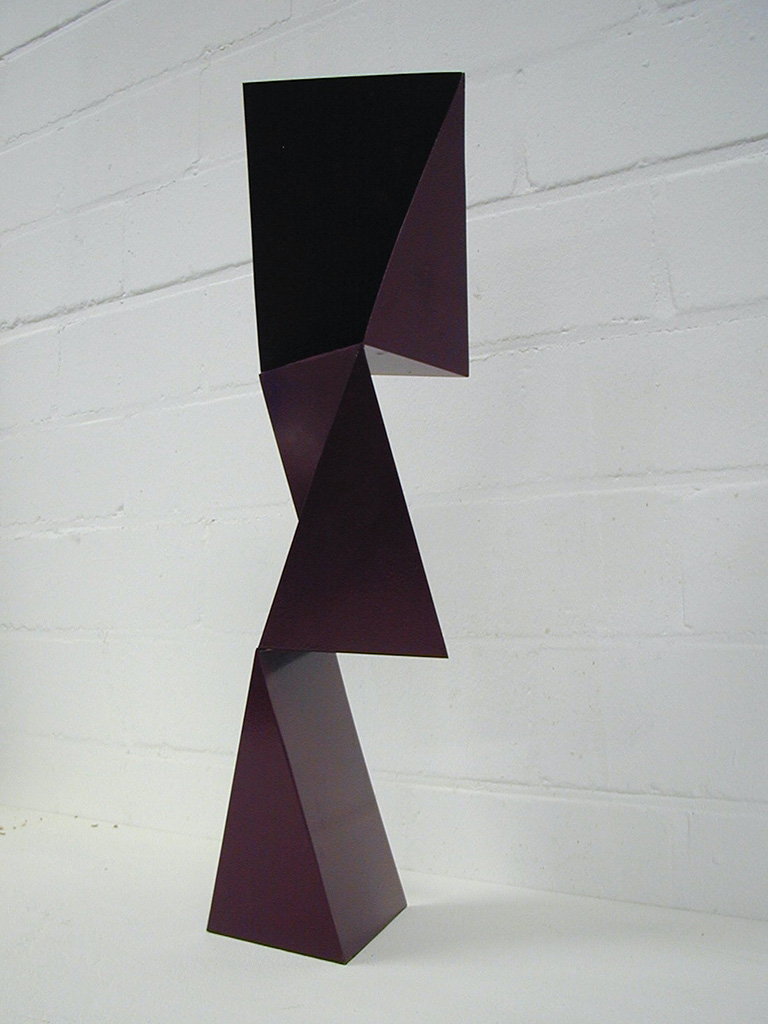
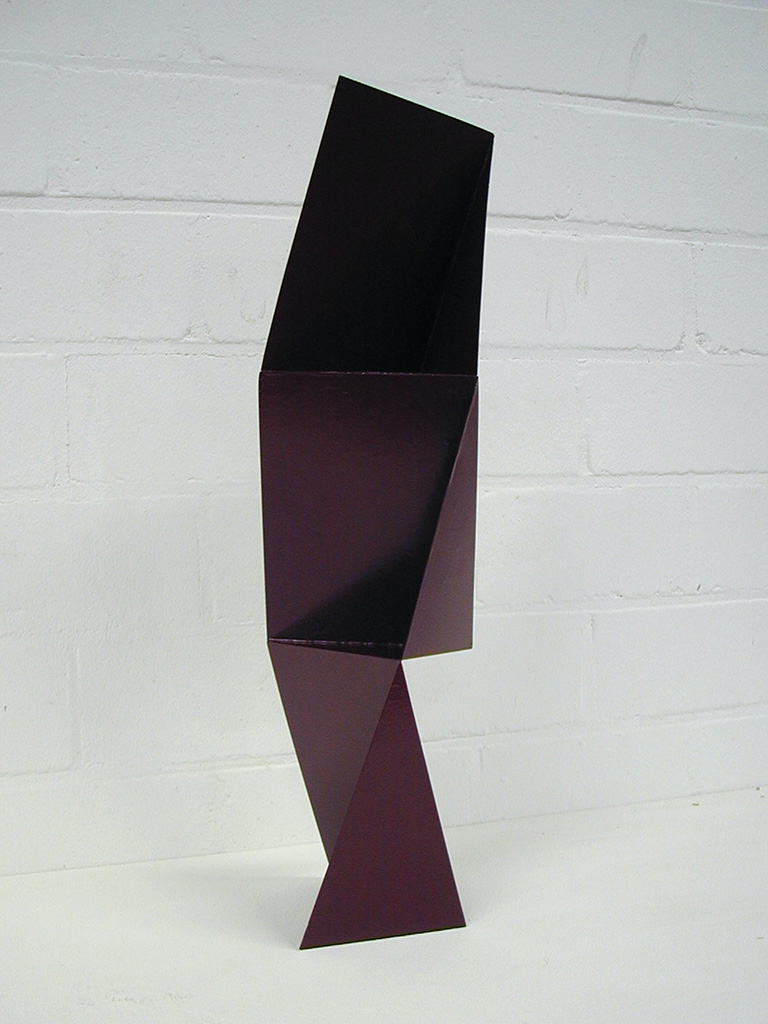
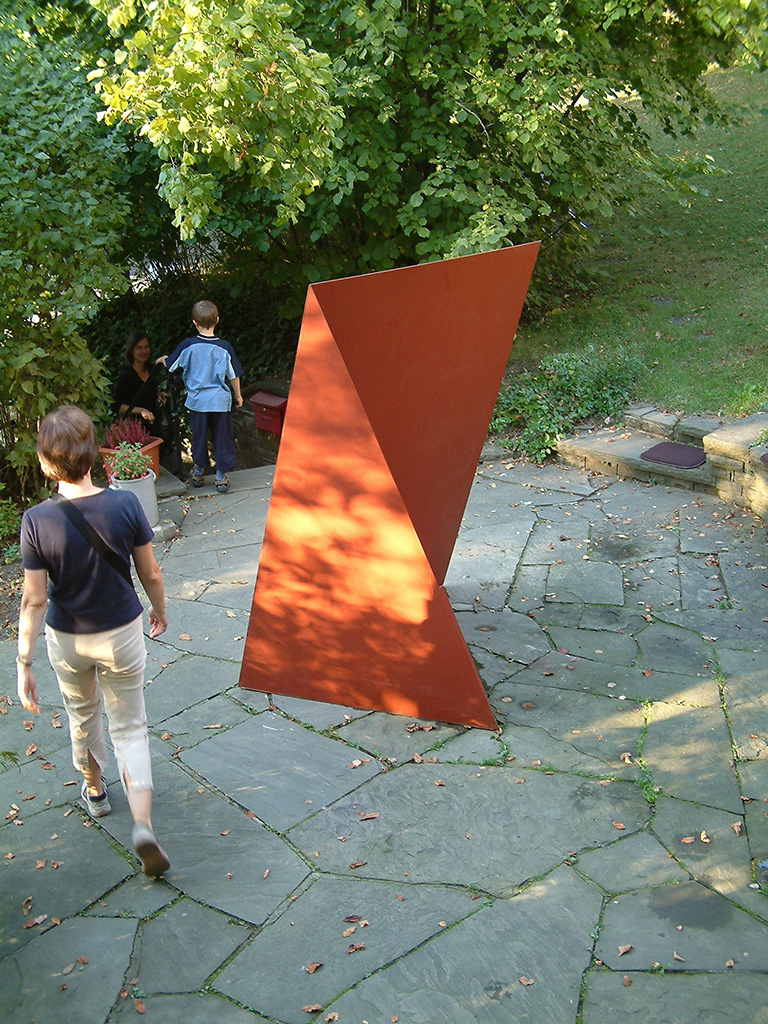
SIGN
Sheet metal 4 mm / Anti-rust paint
150 x 117 x 200 cm
Install view:
Raumerfahrung / ESG Gallery / Siegen-Weidenau / 2003
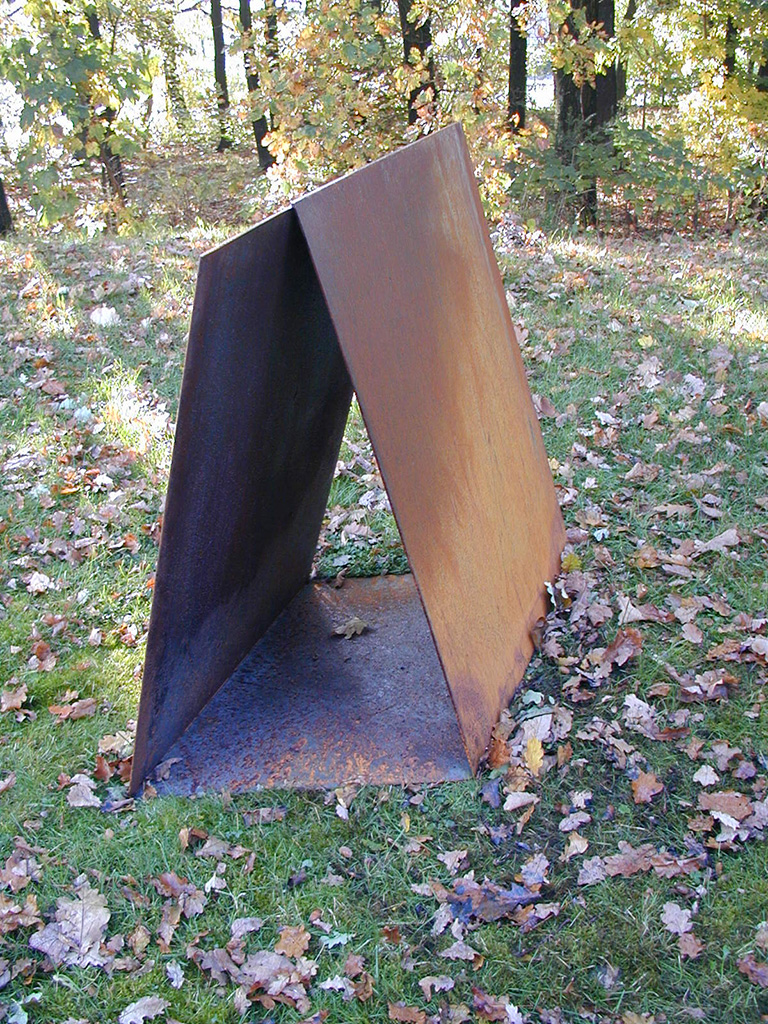

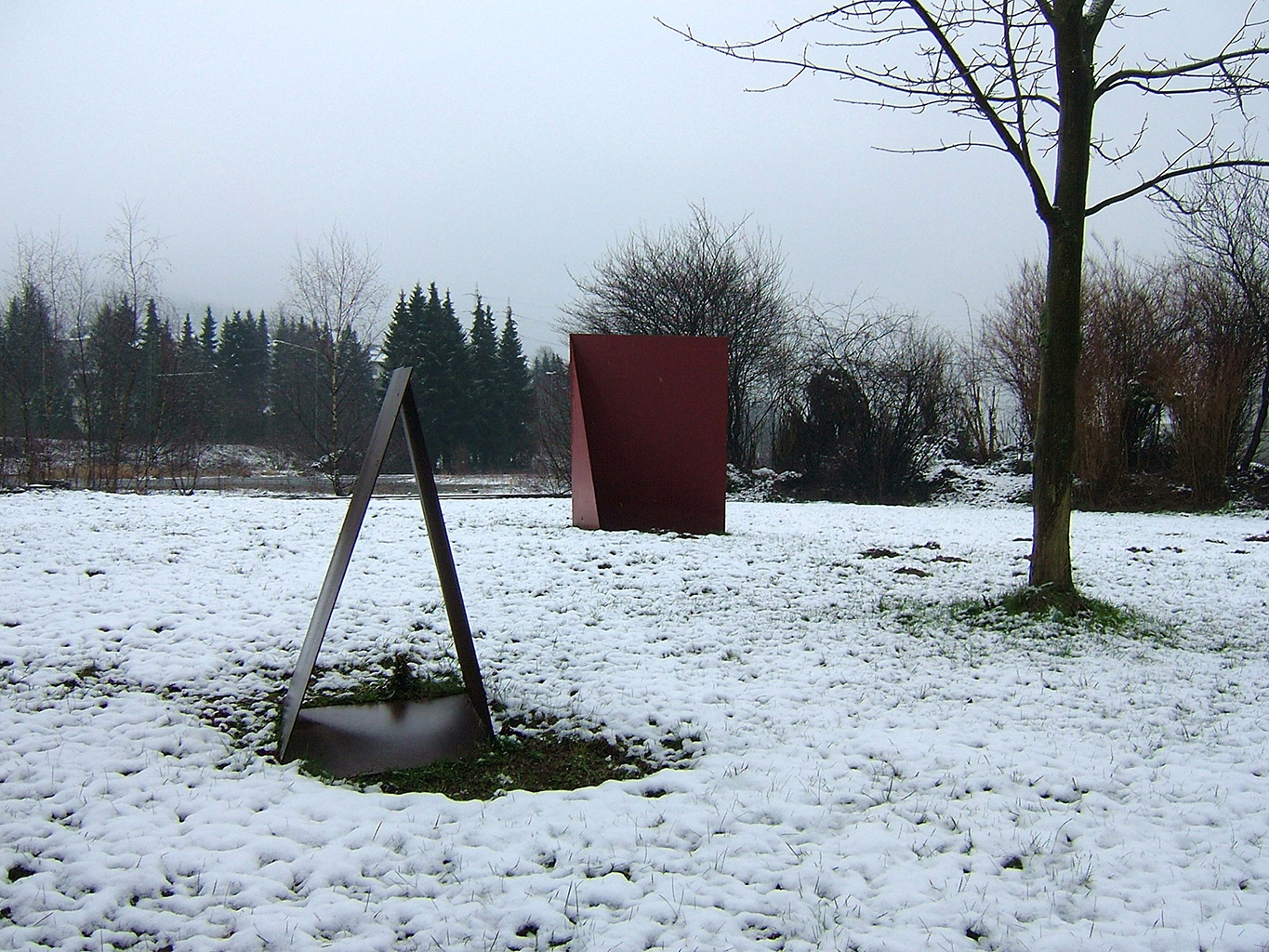
TENT space relation
Sheet metal / Rust
90 x 90 x 50 cm
Install view:
Industrial area / Mudersbach / 2001-10

